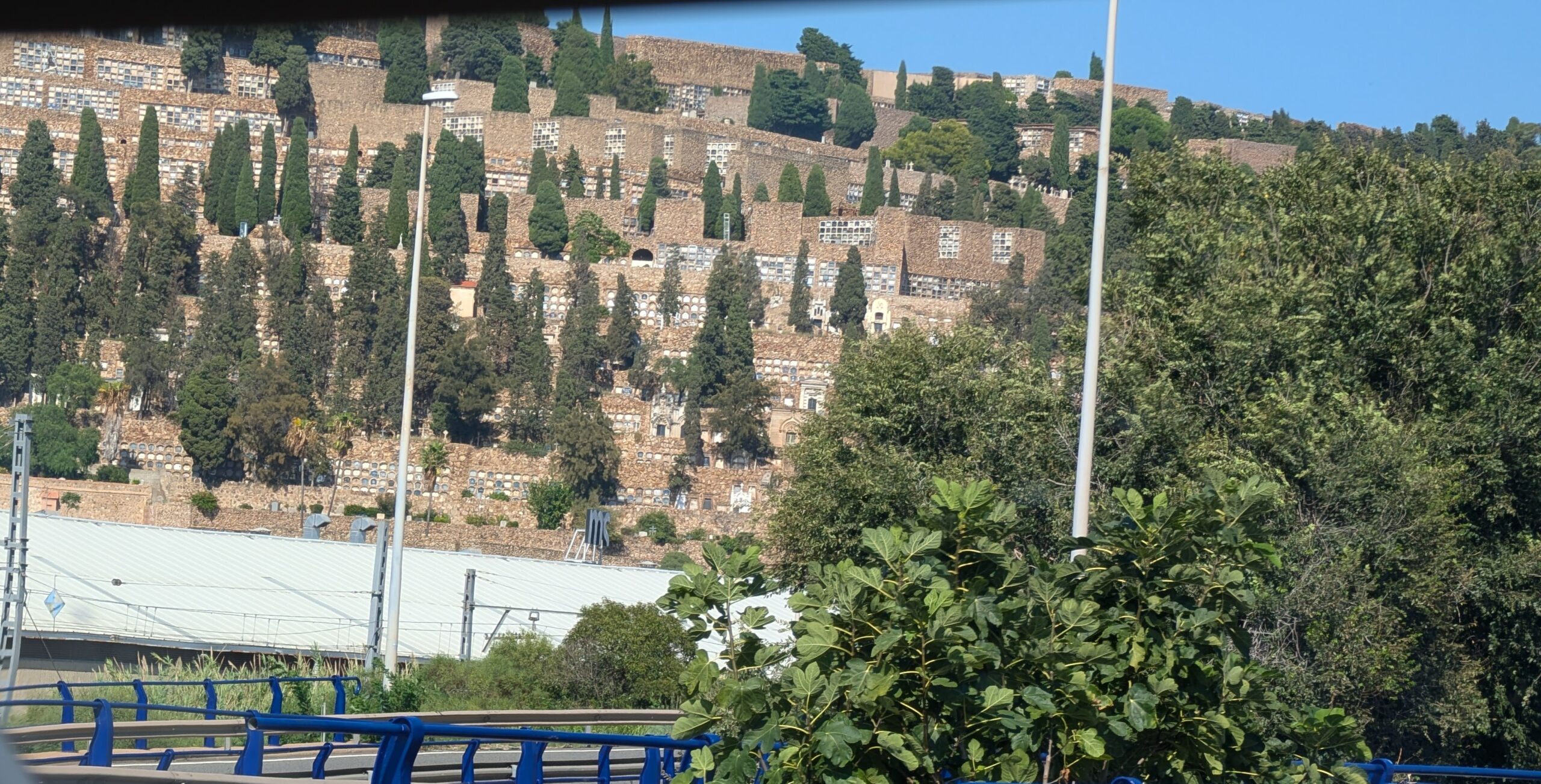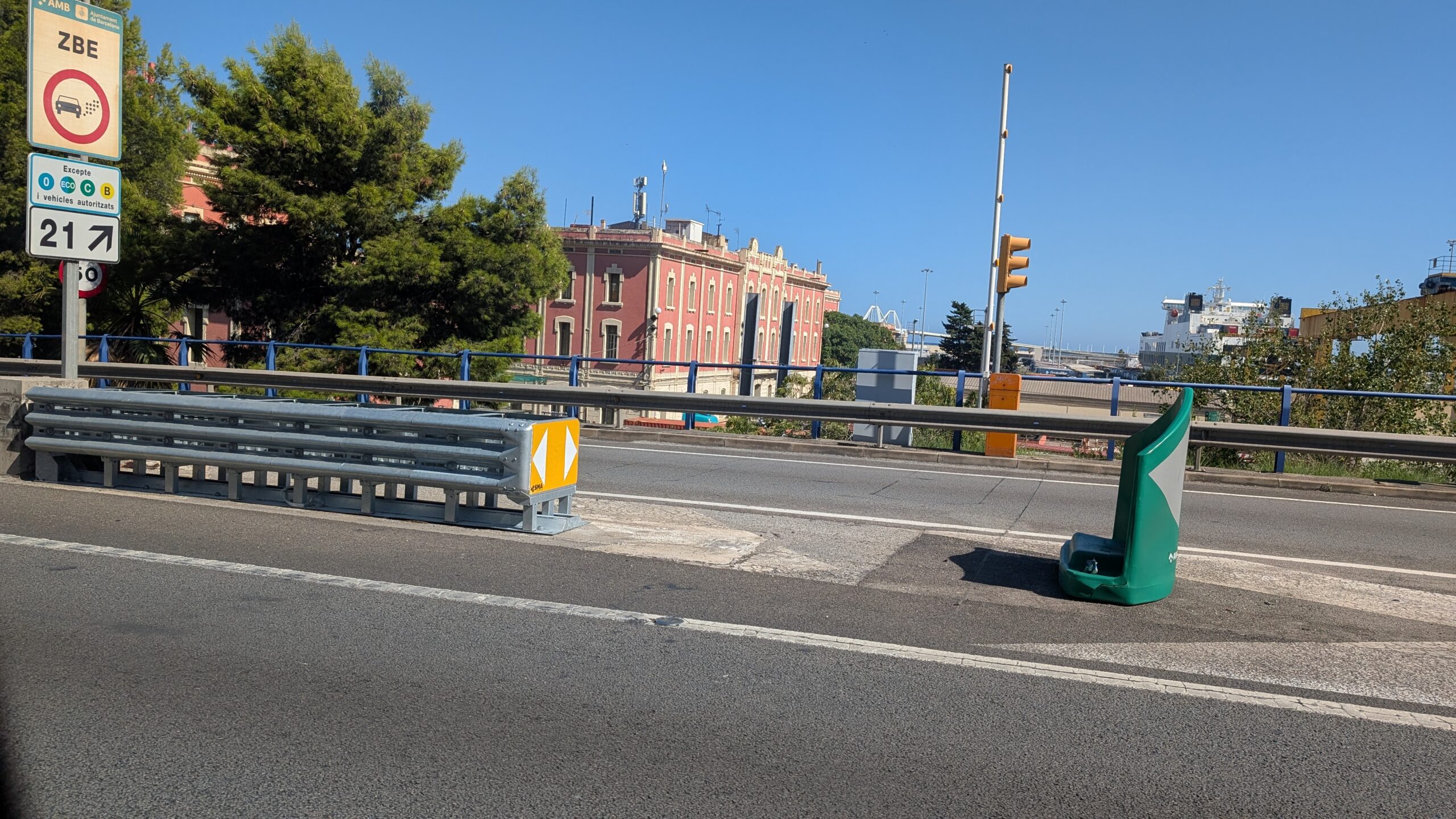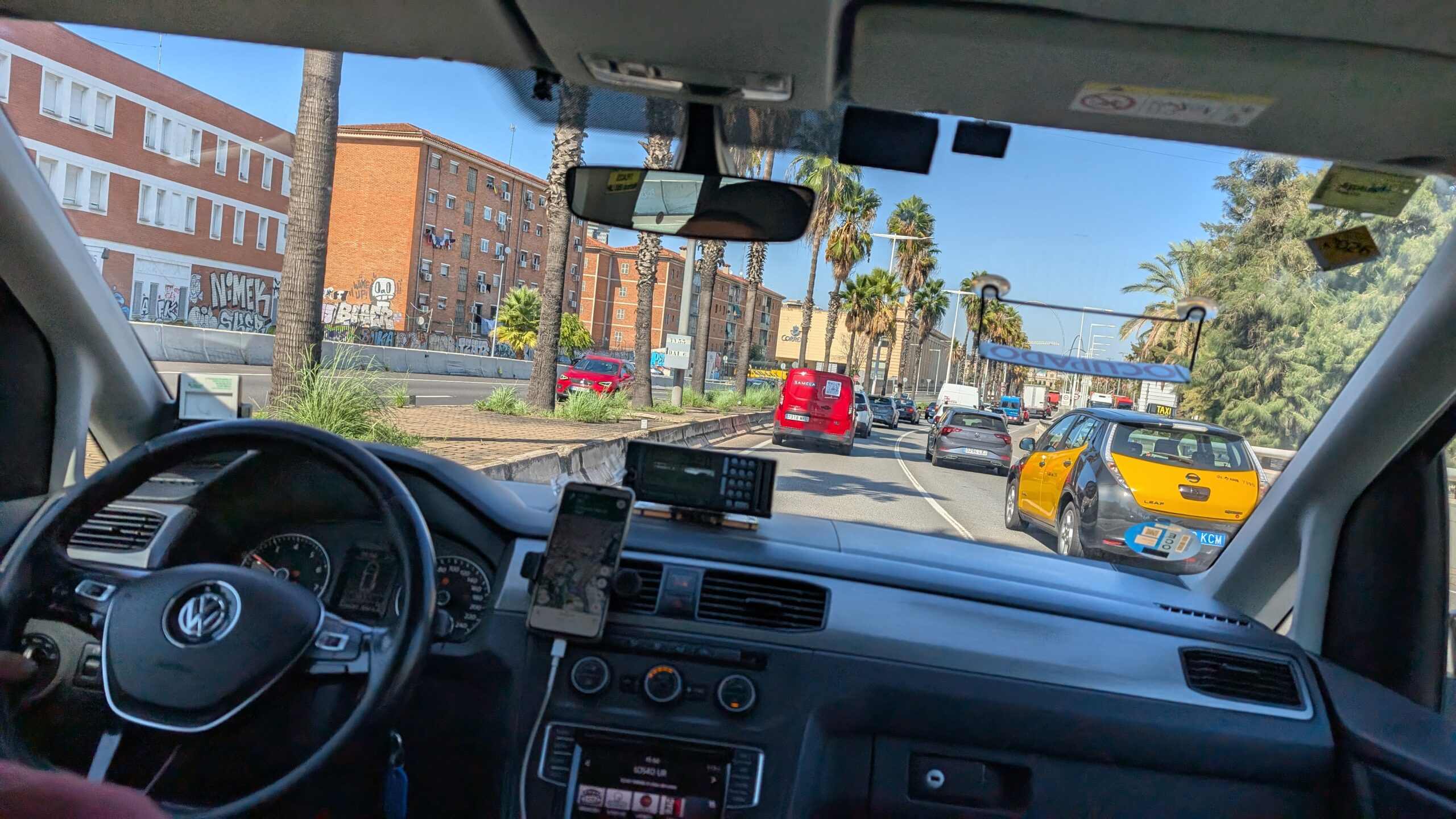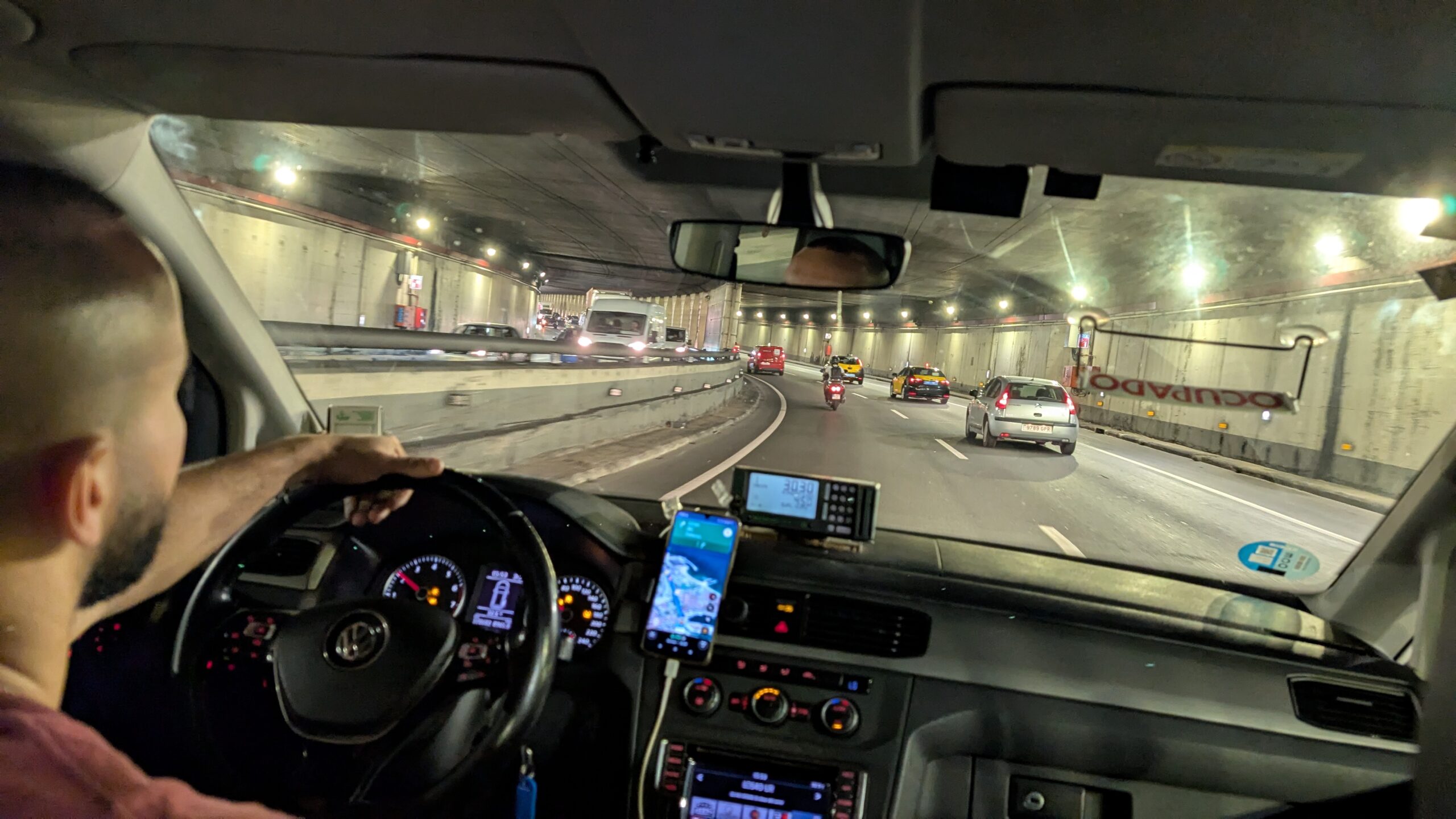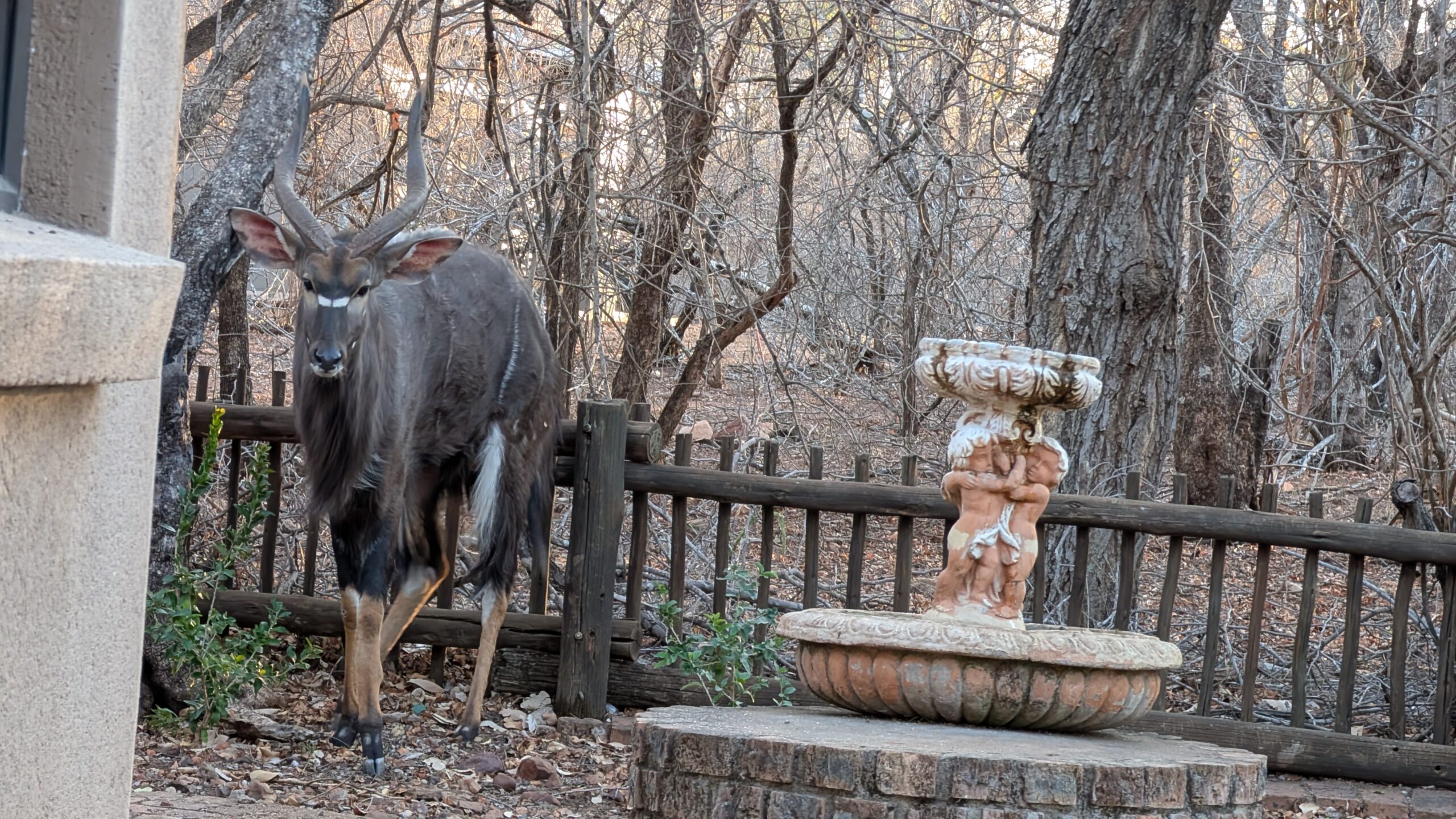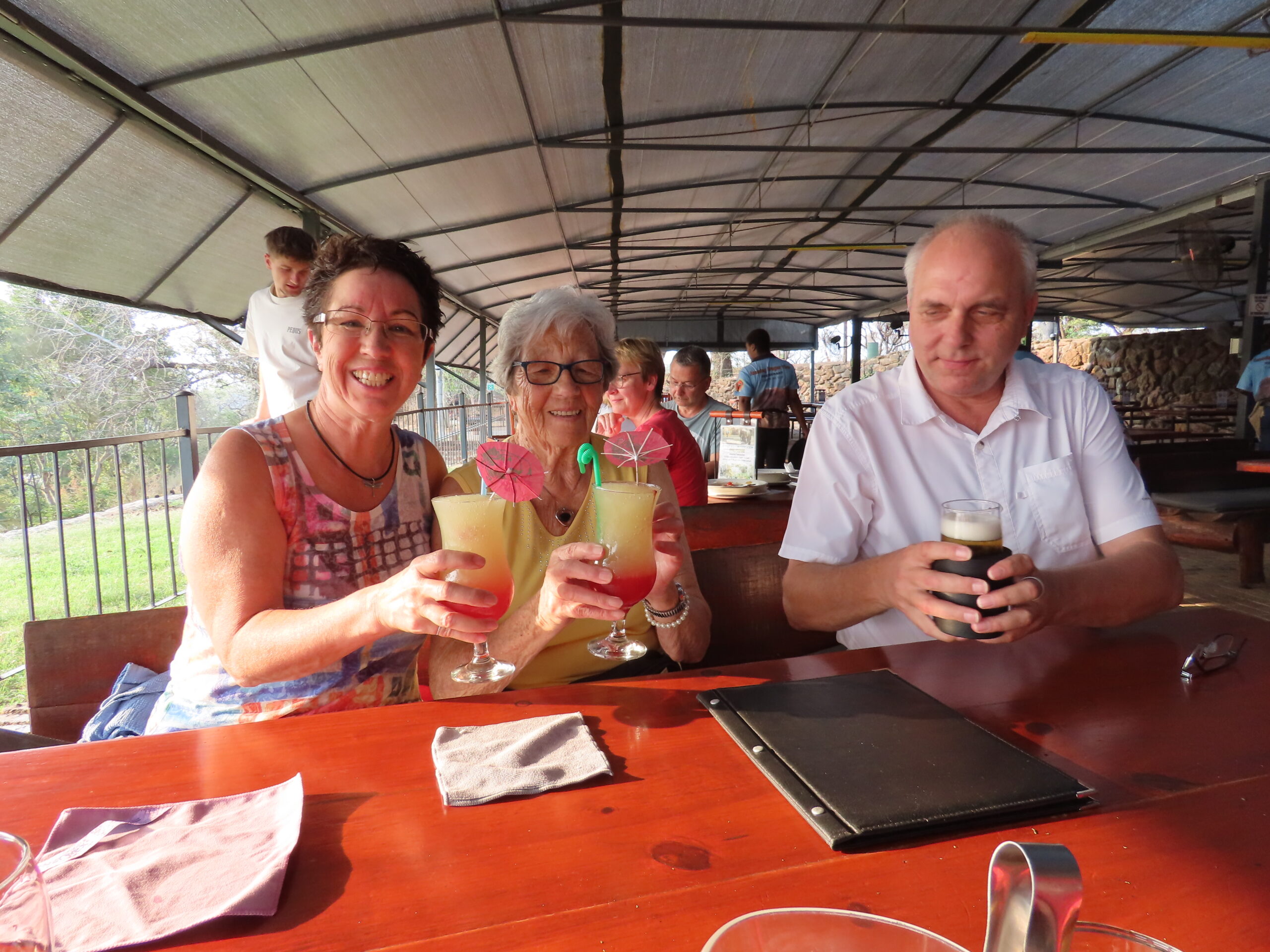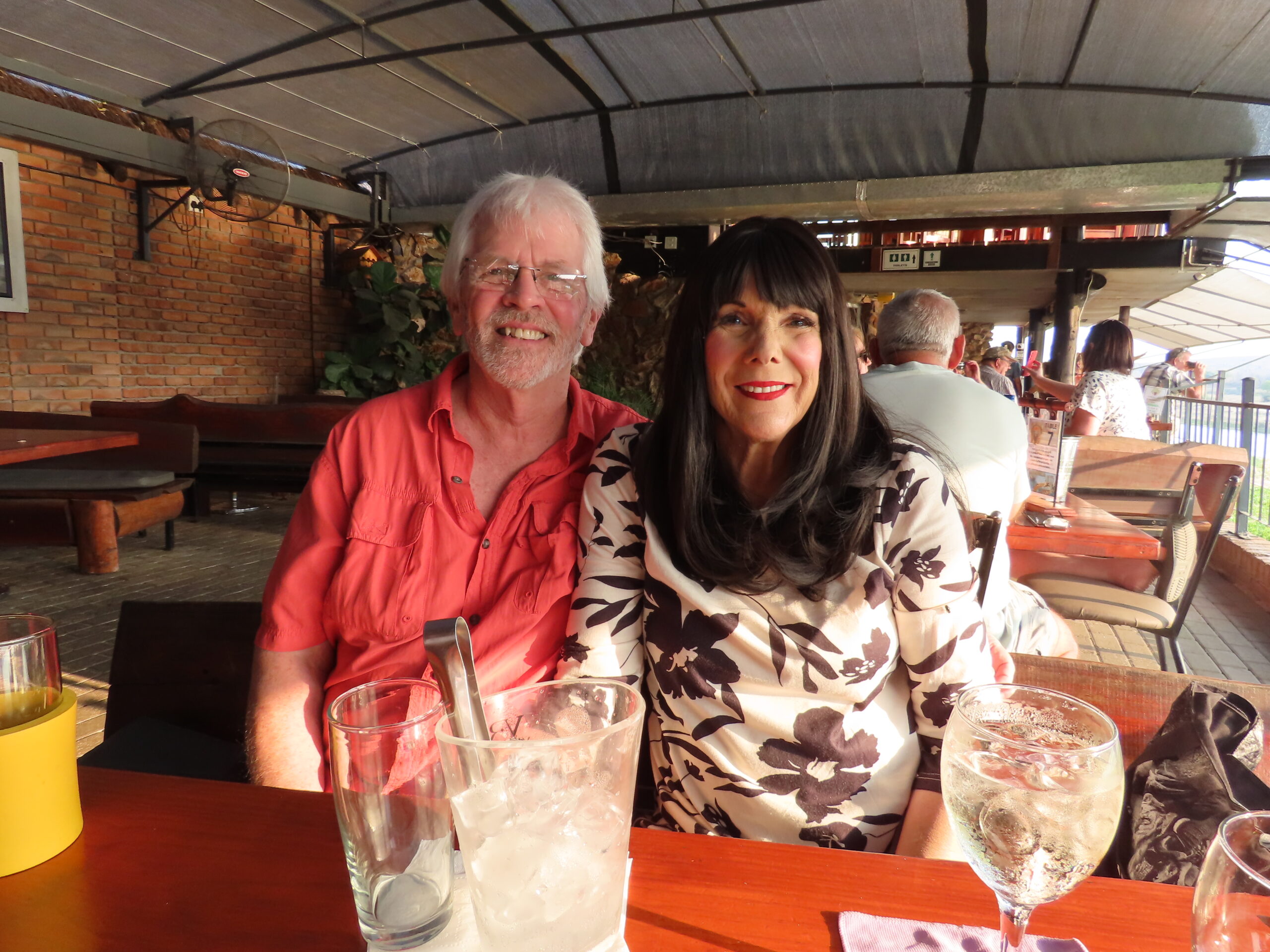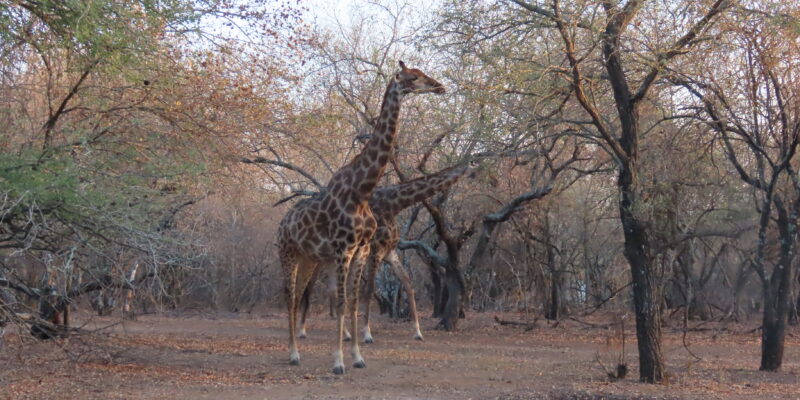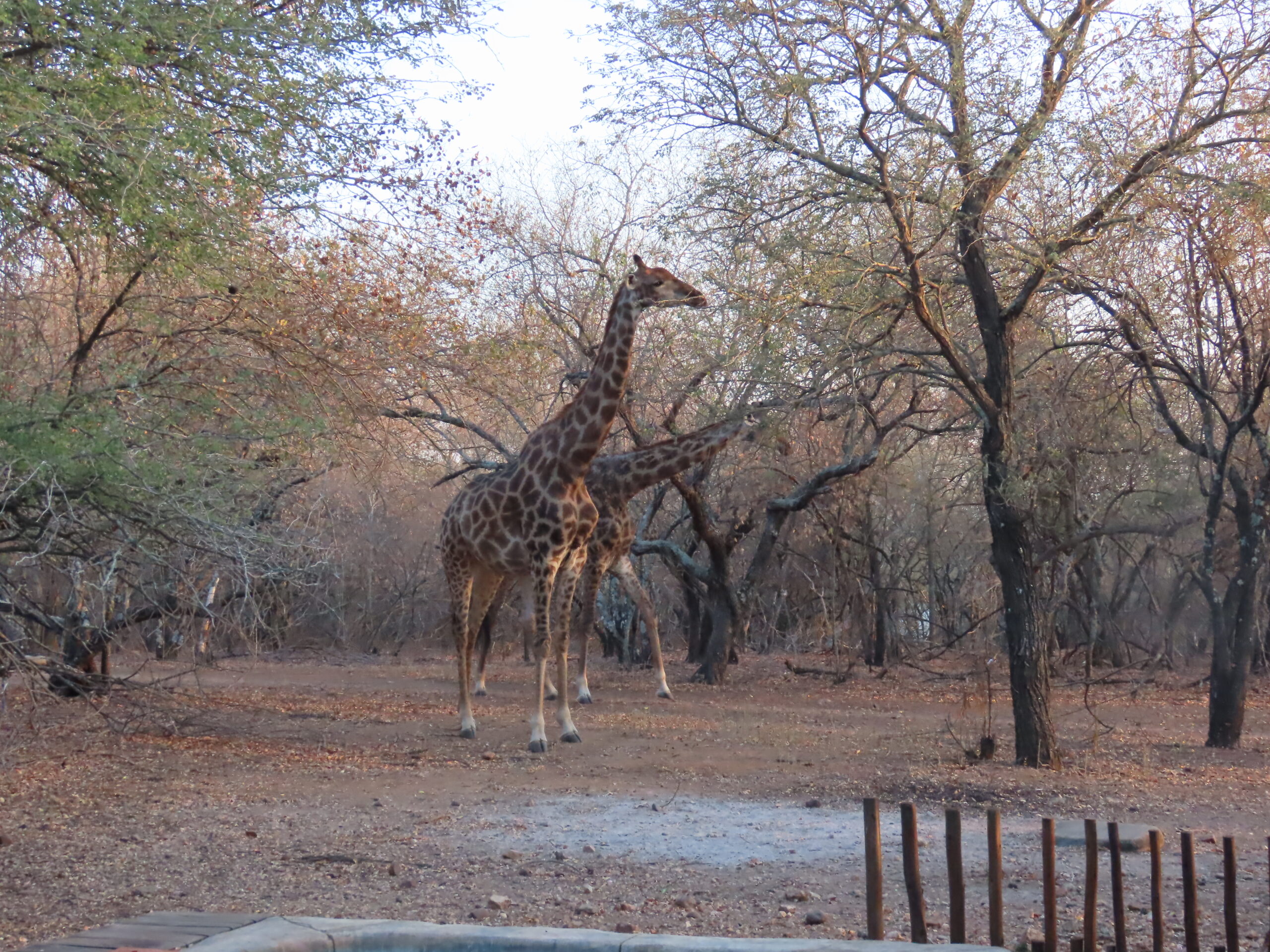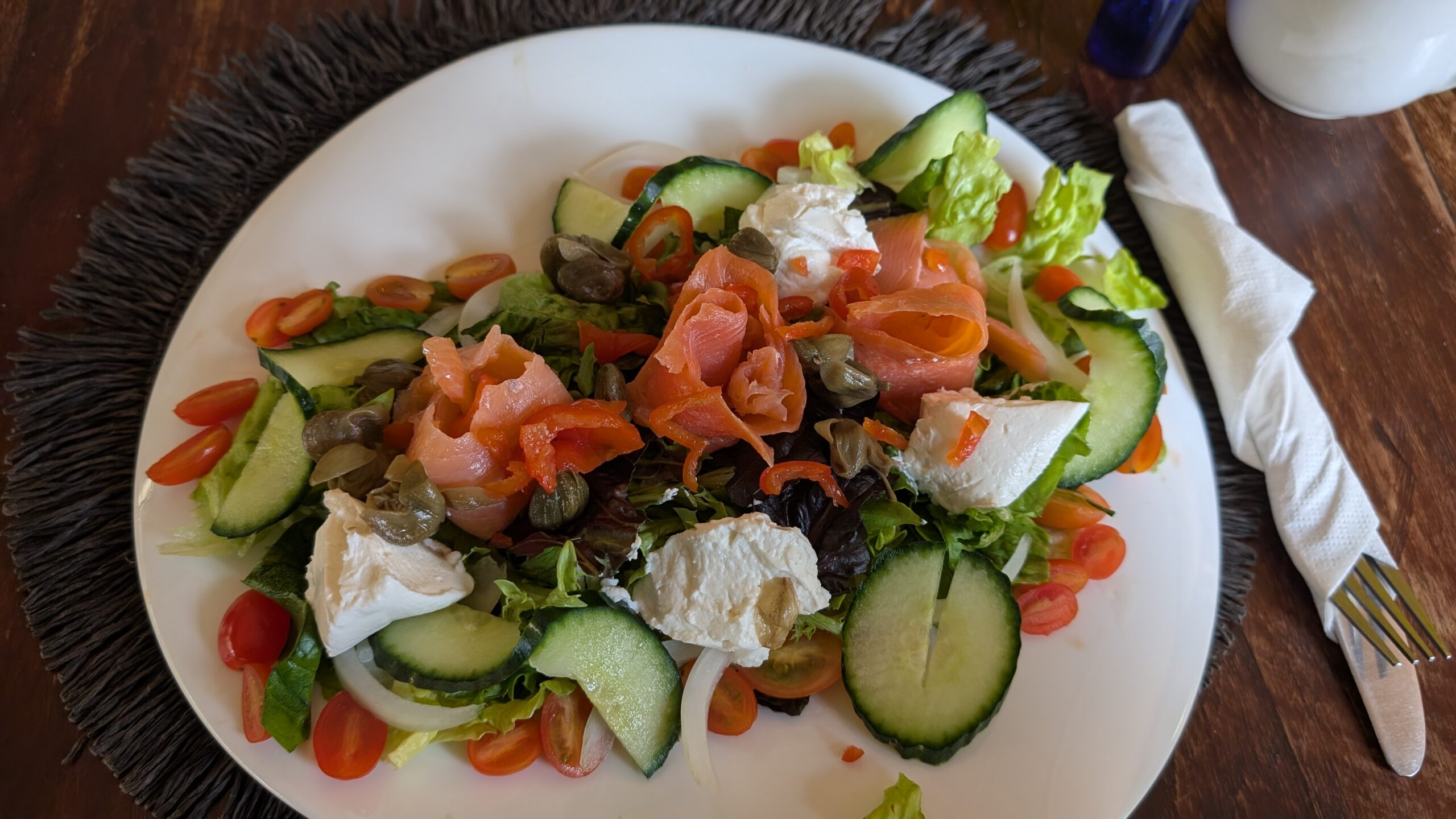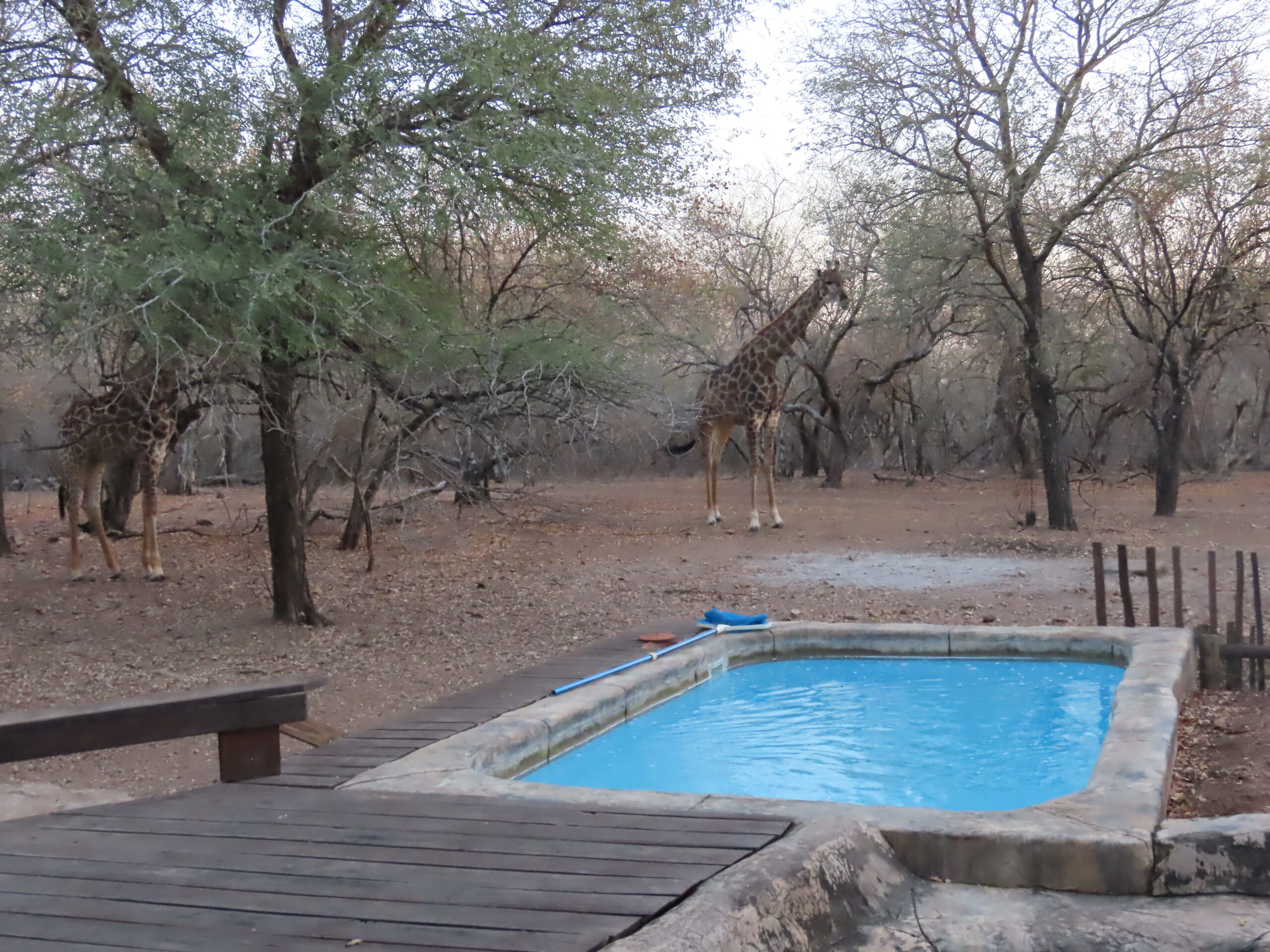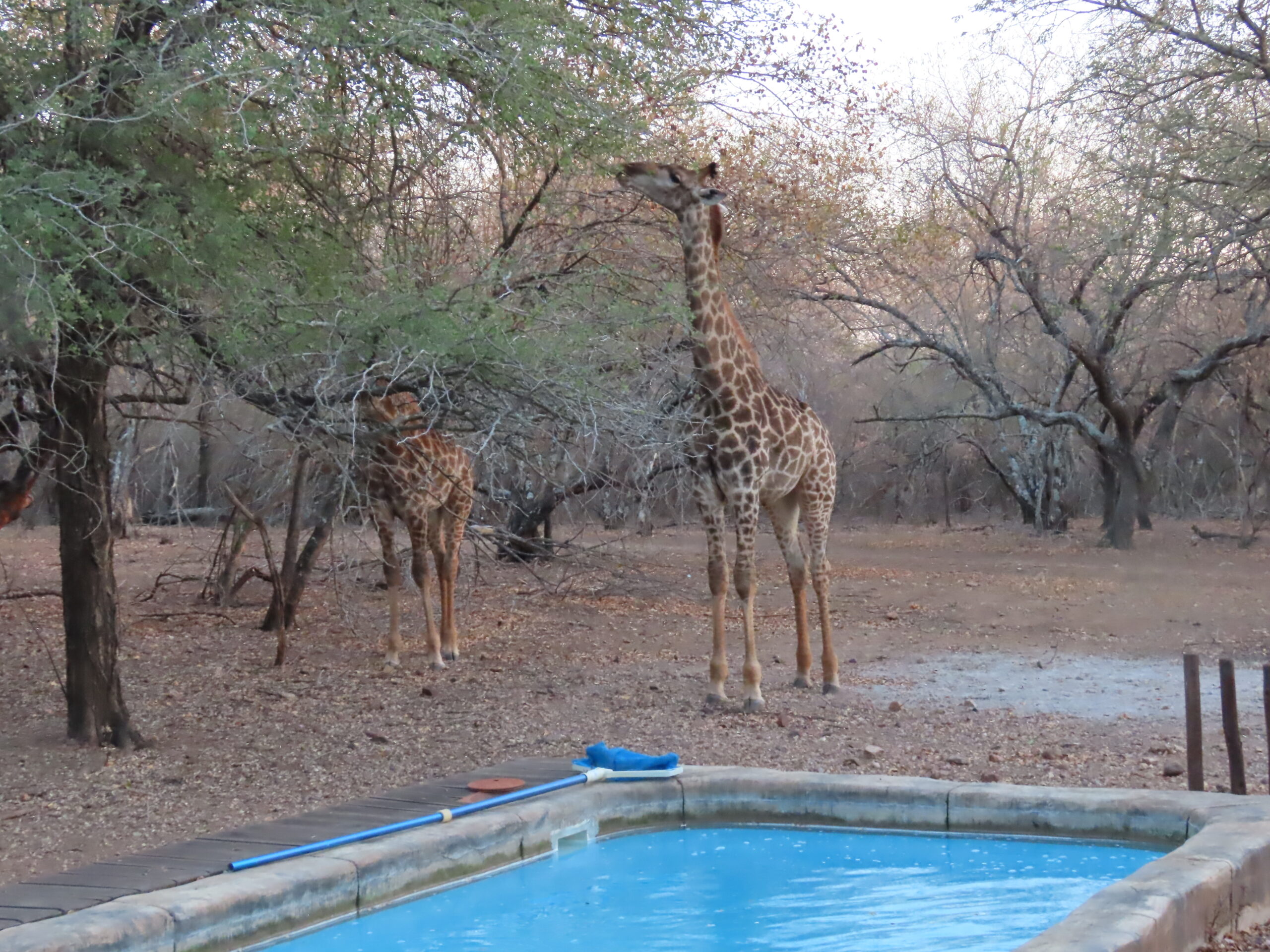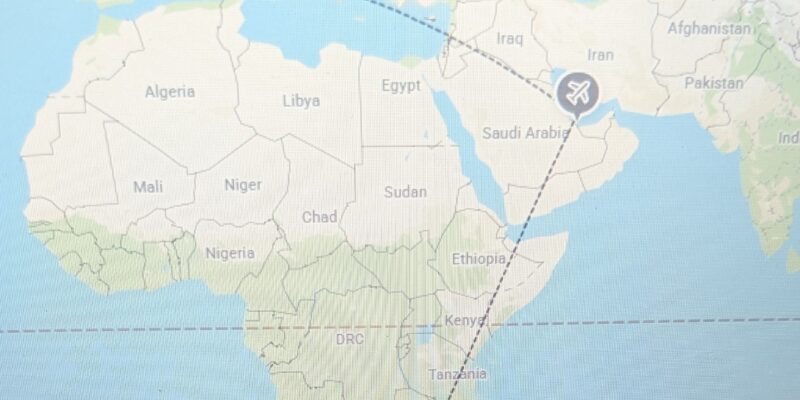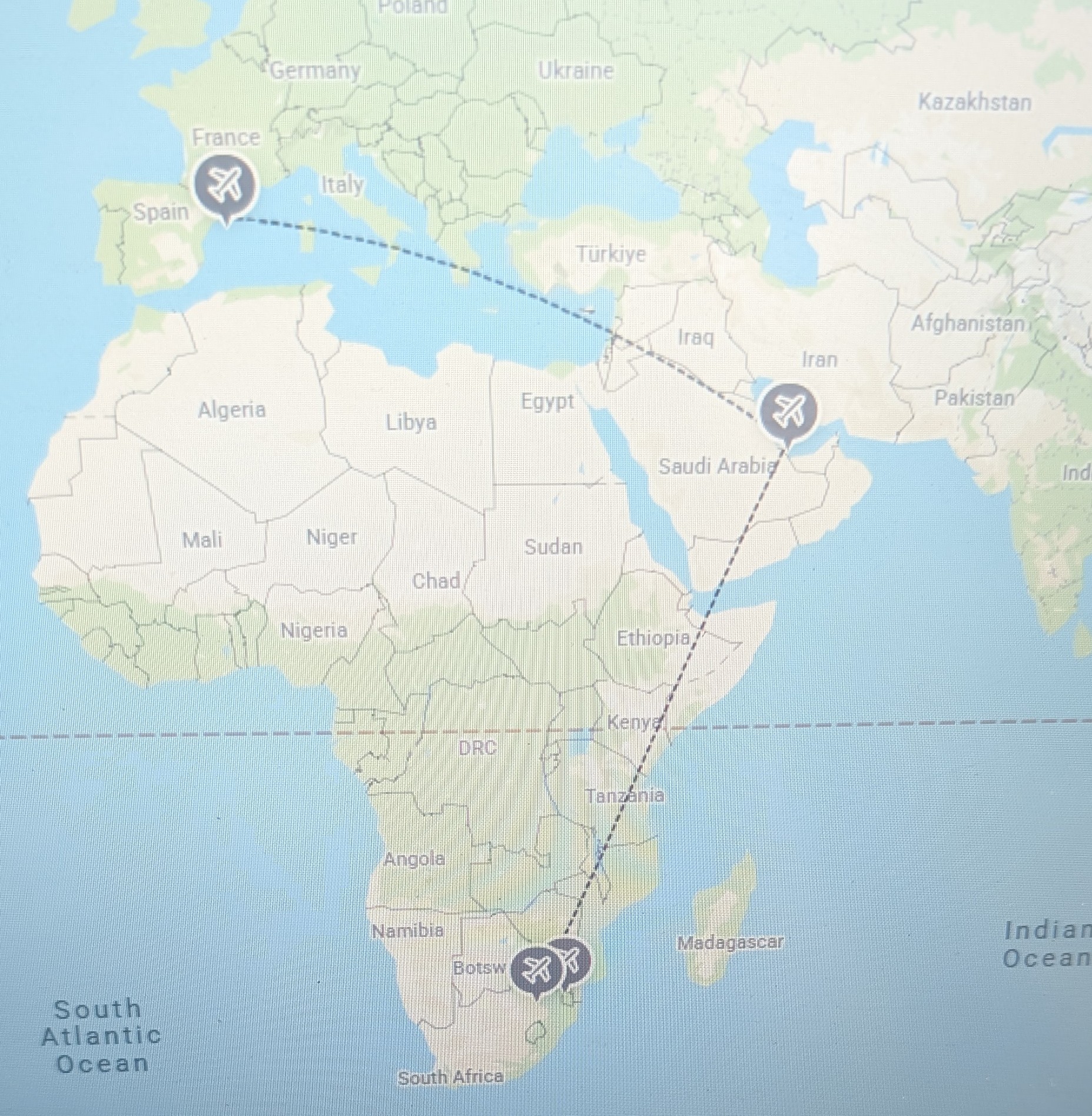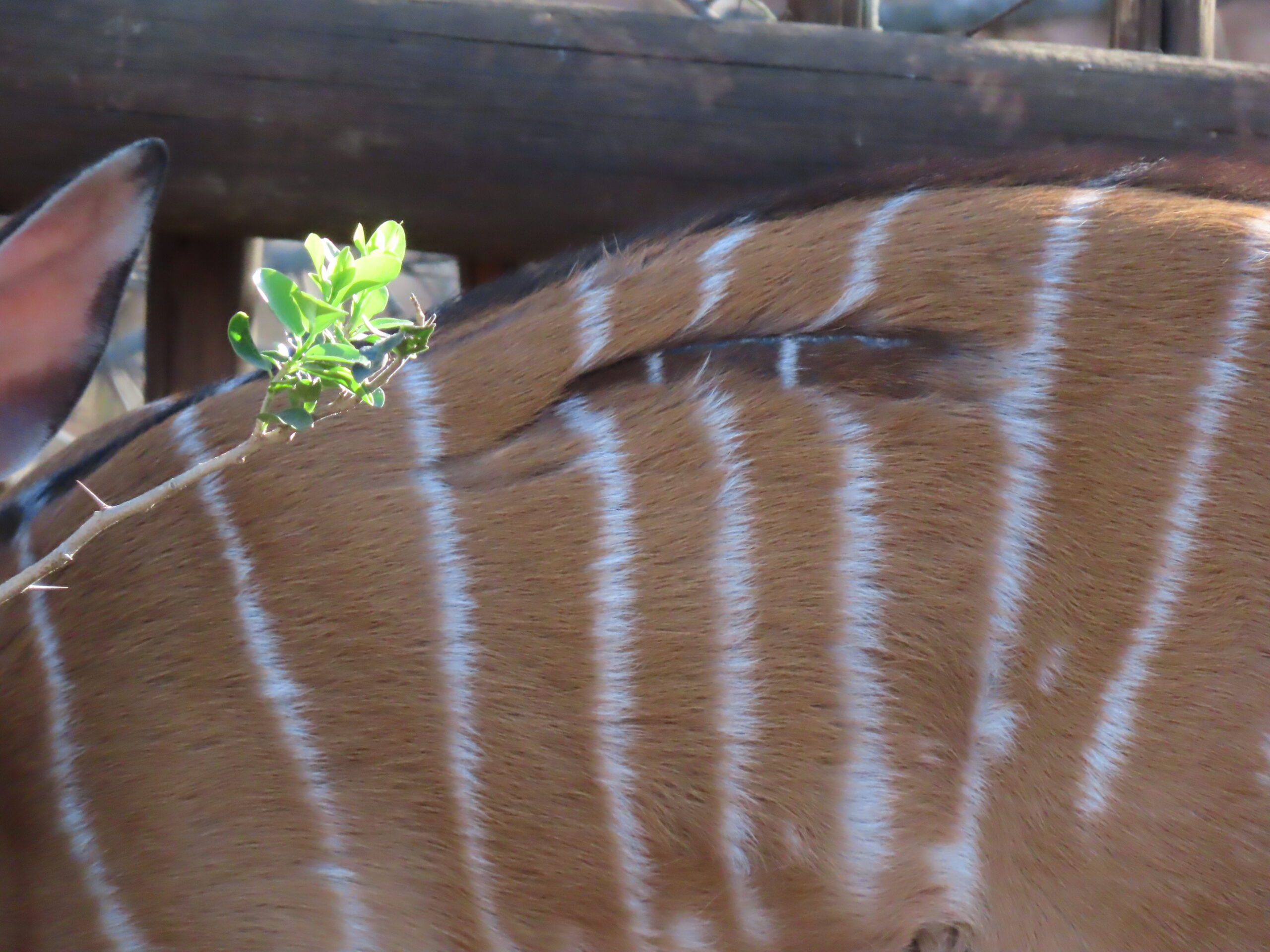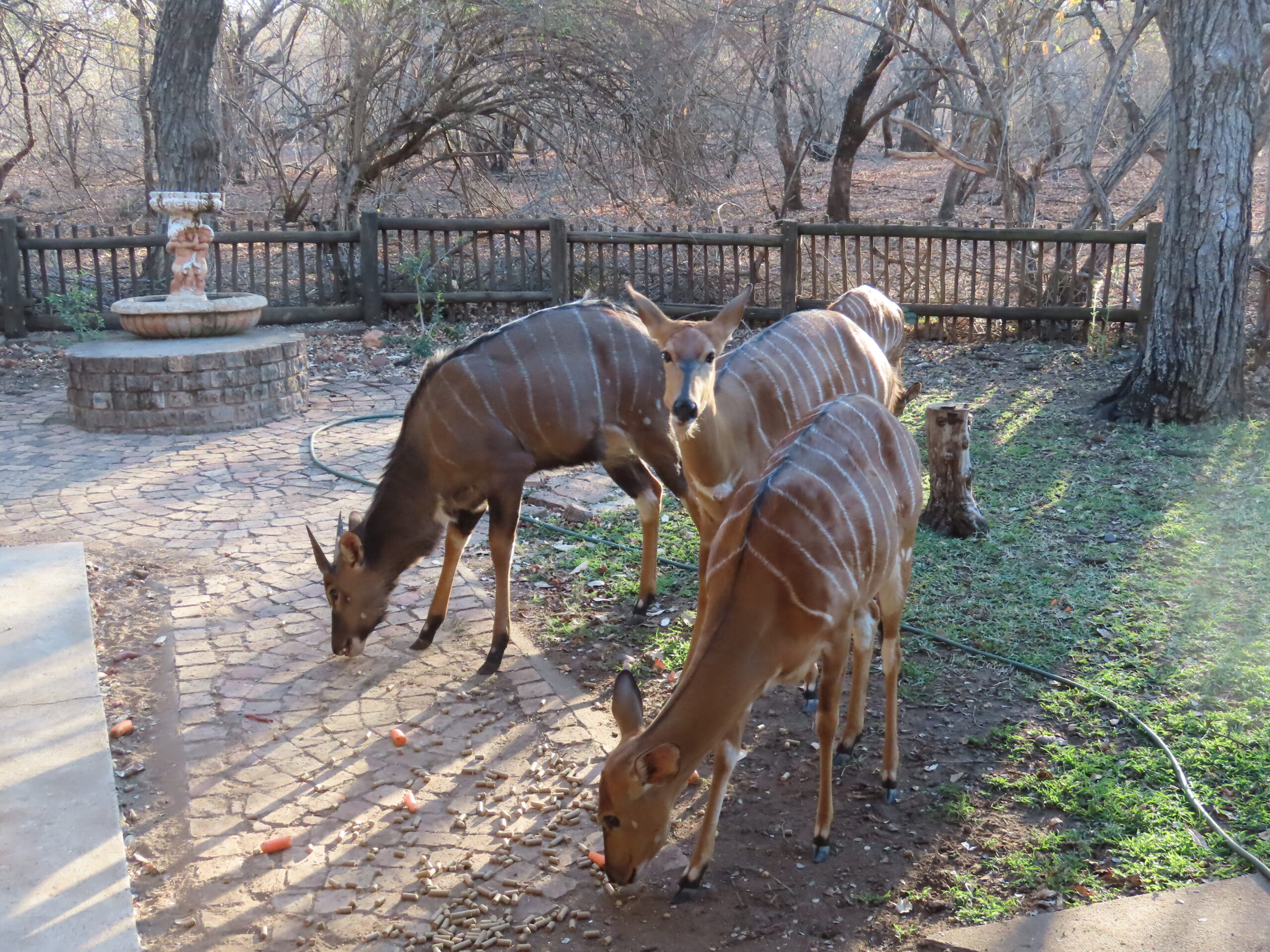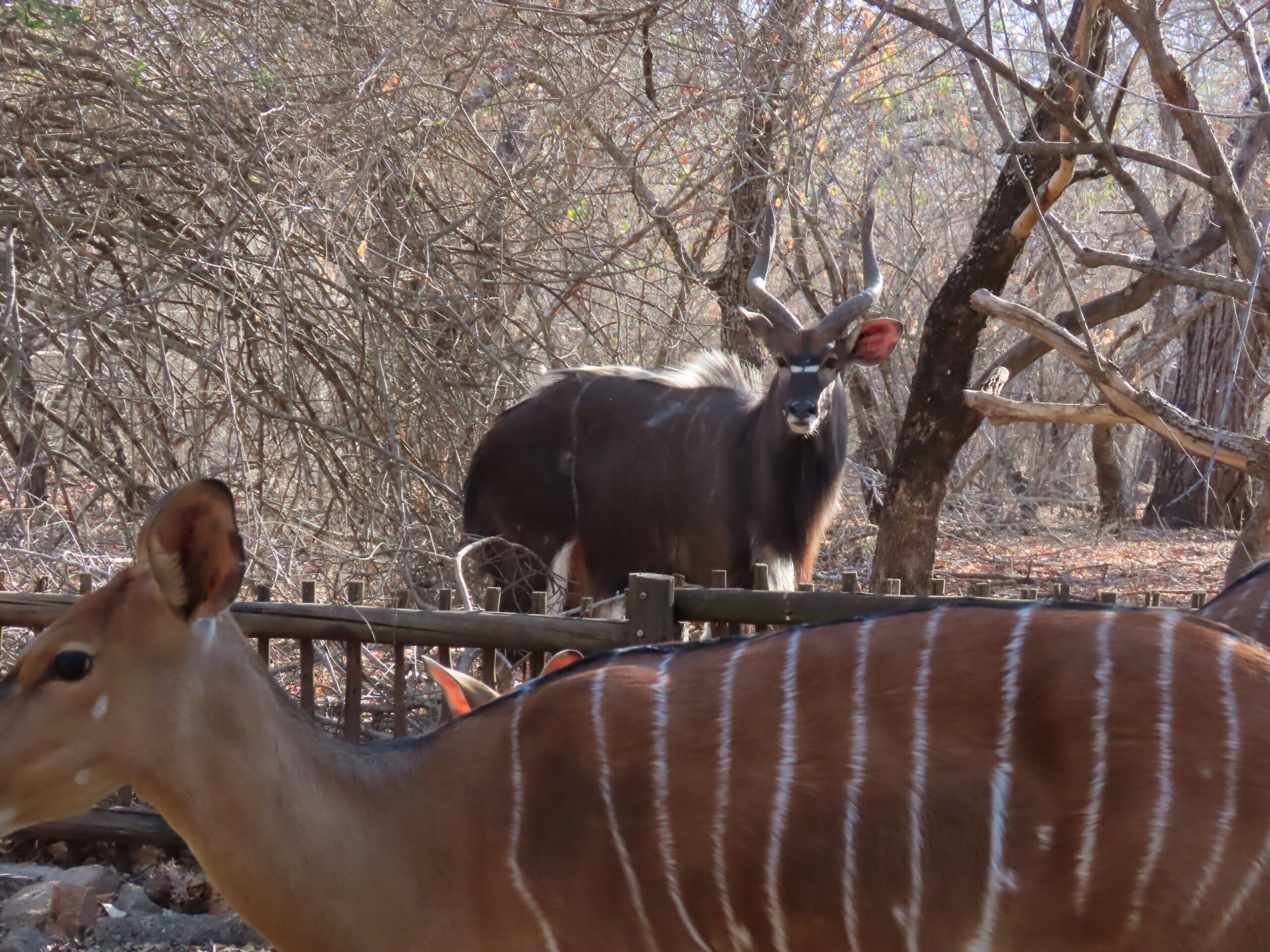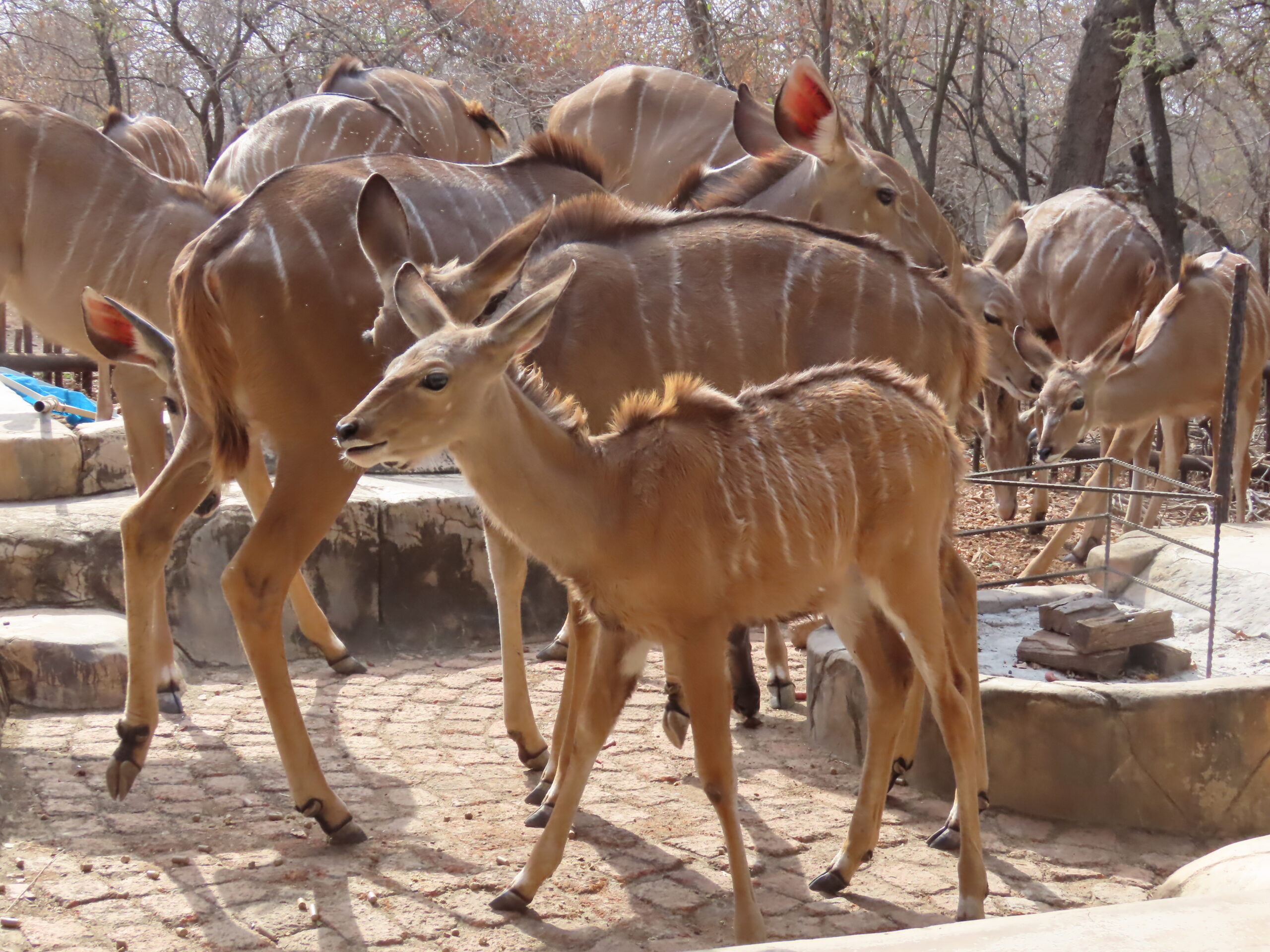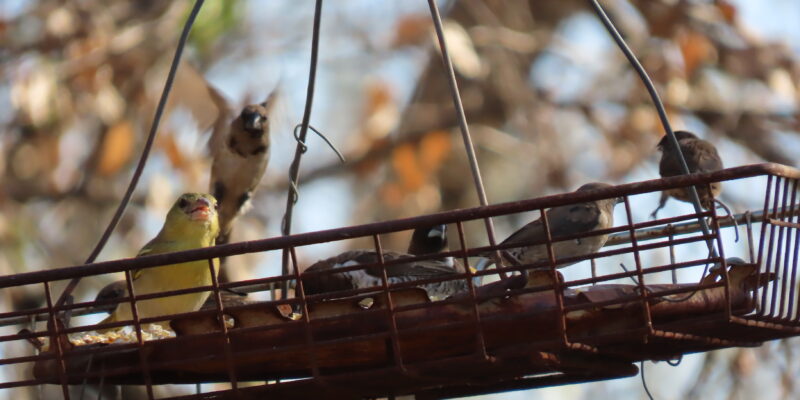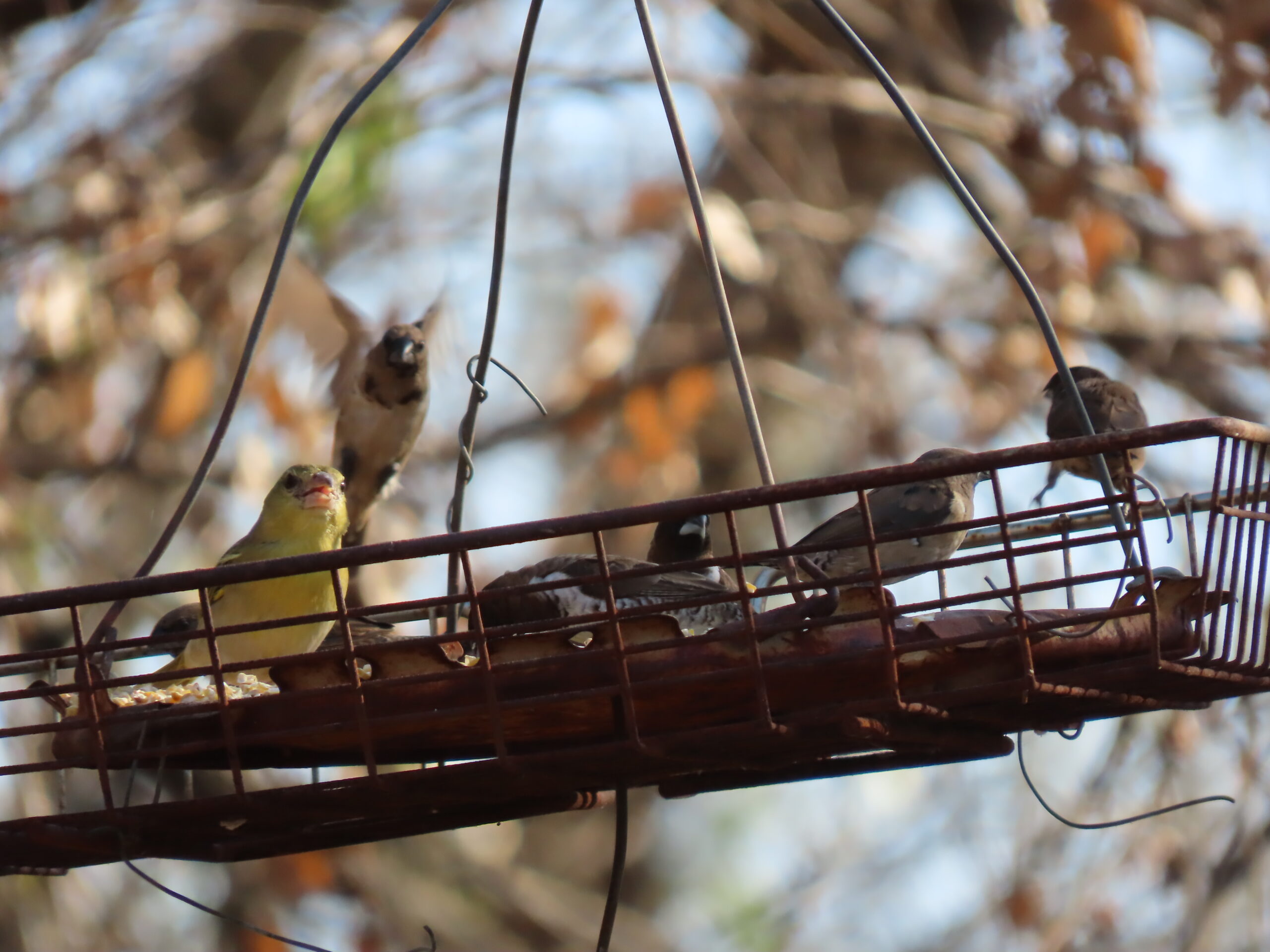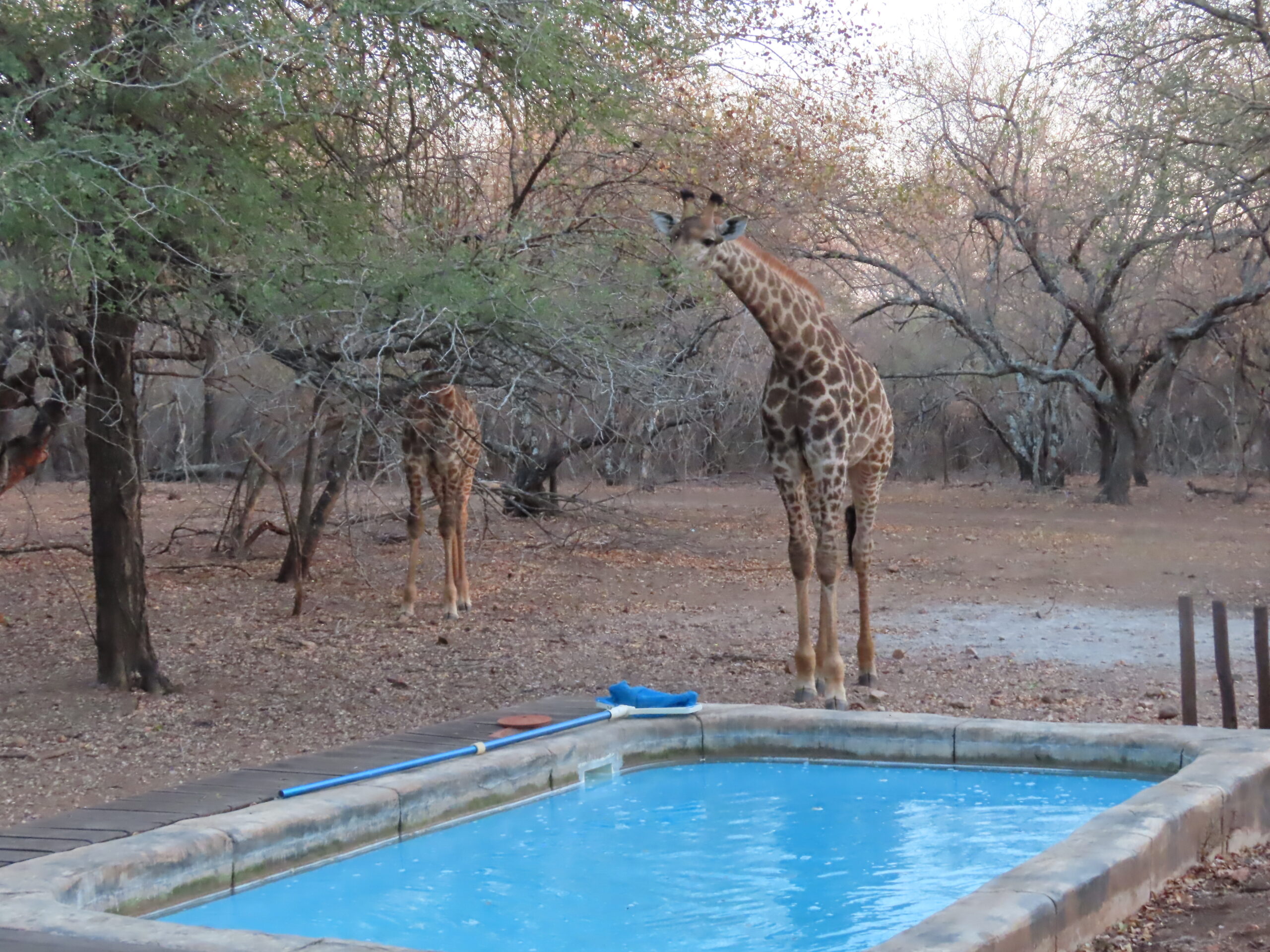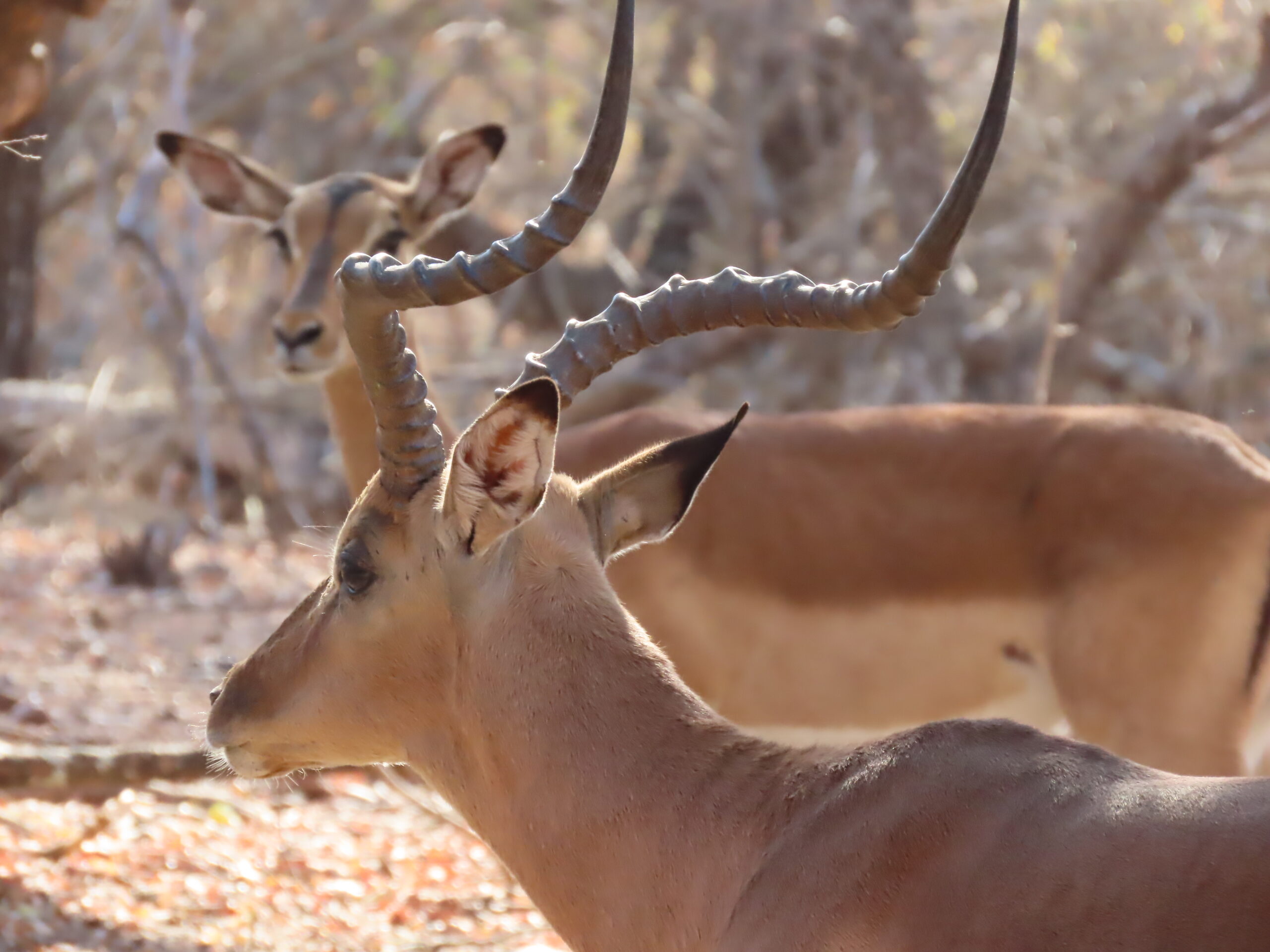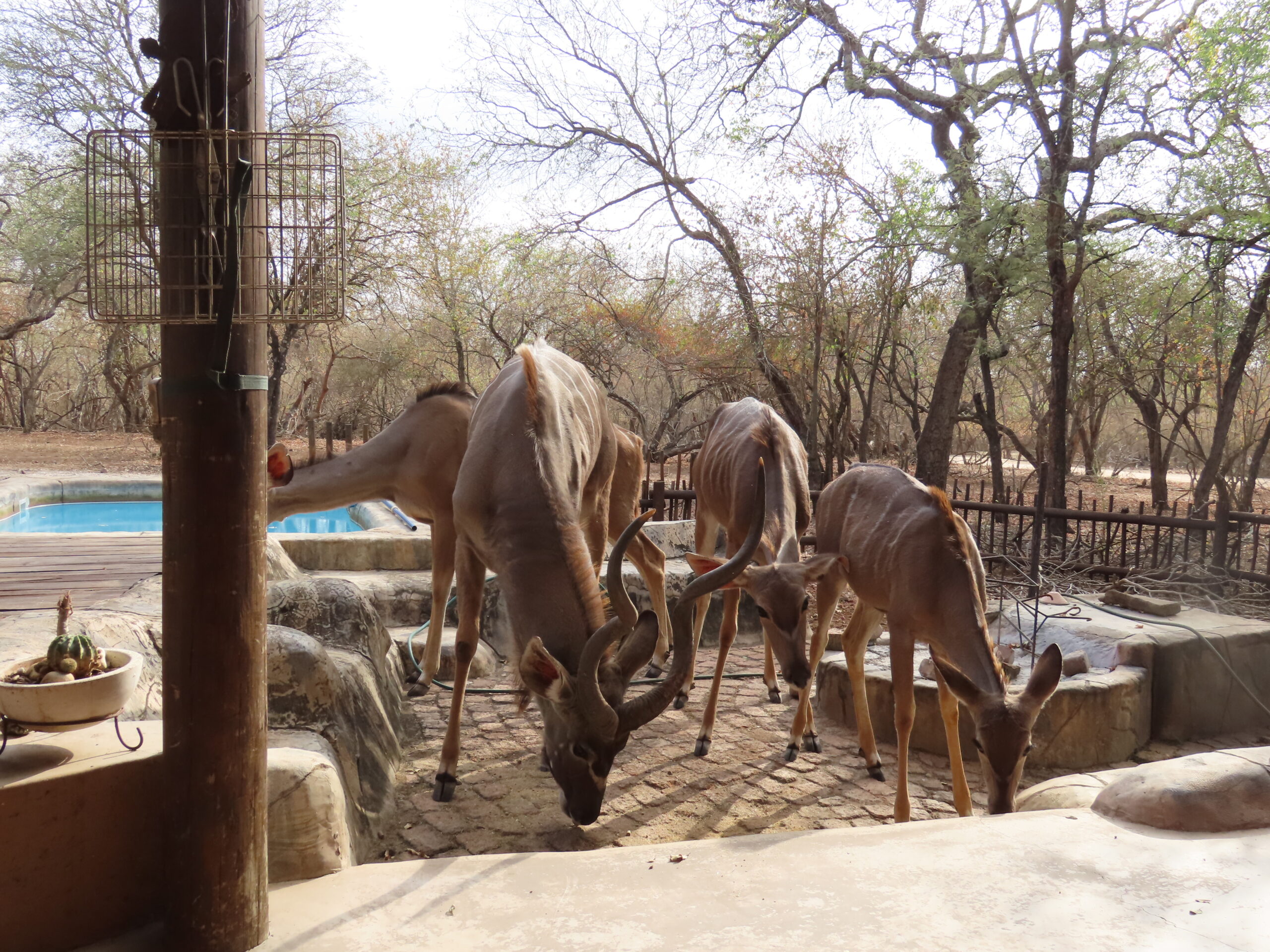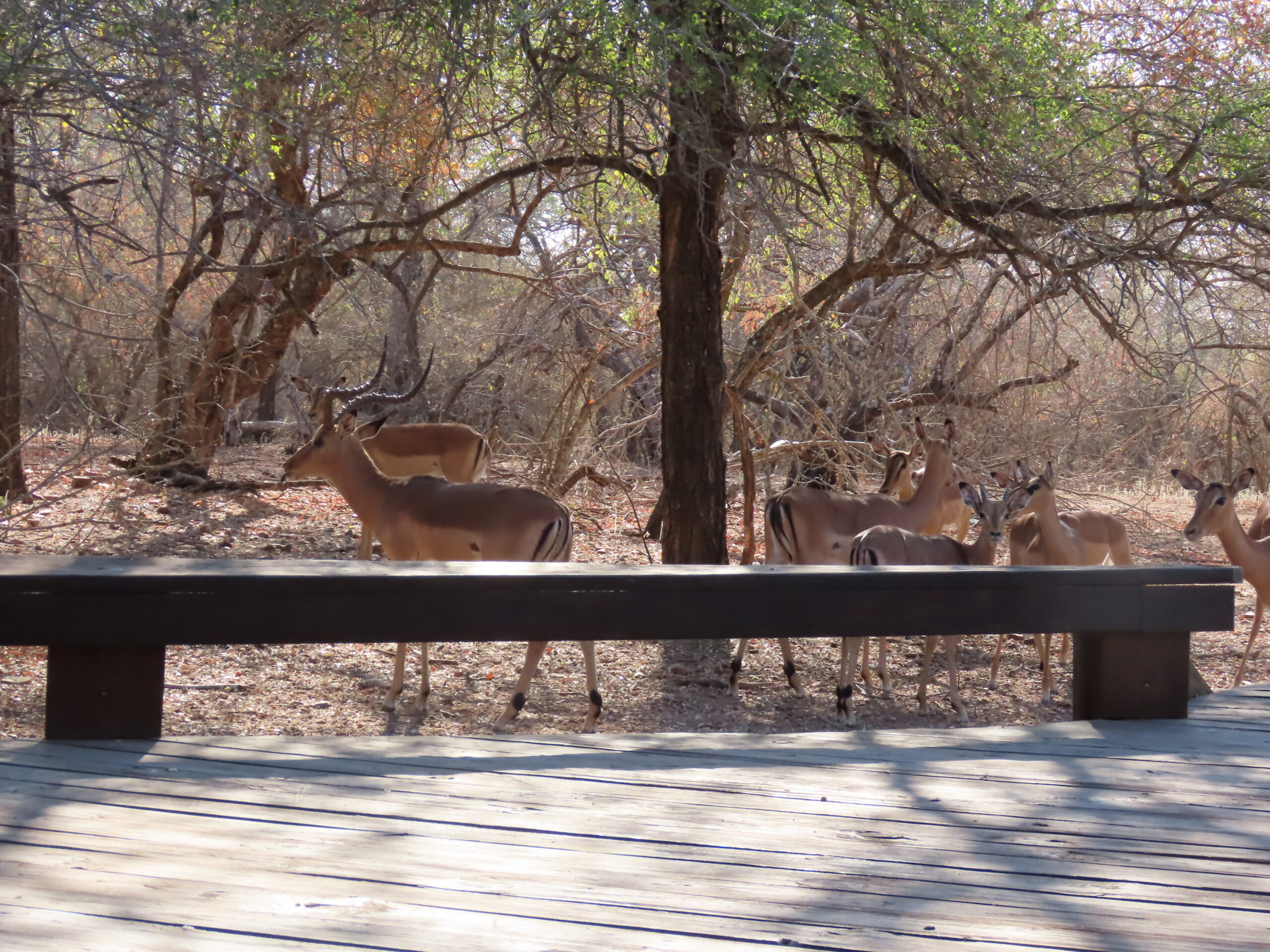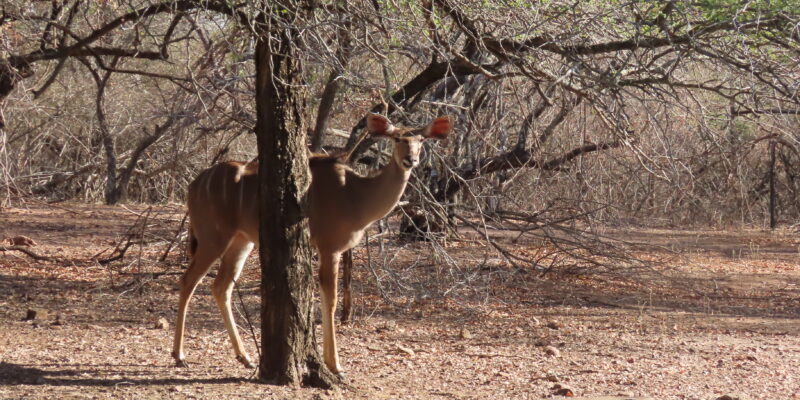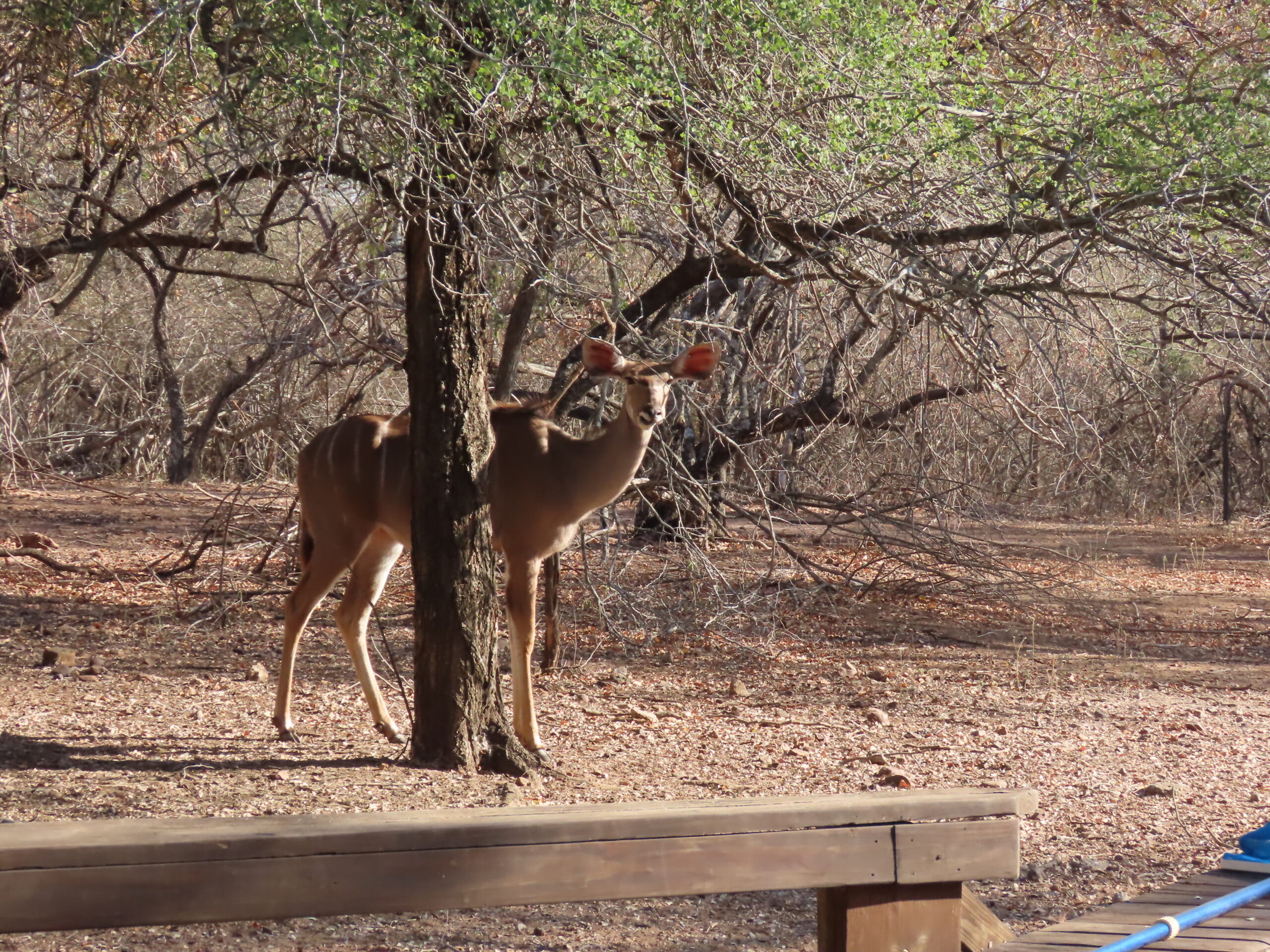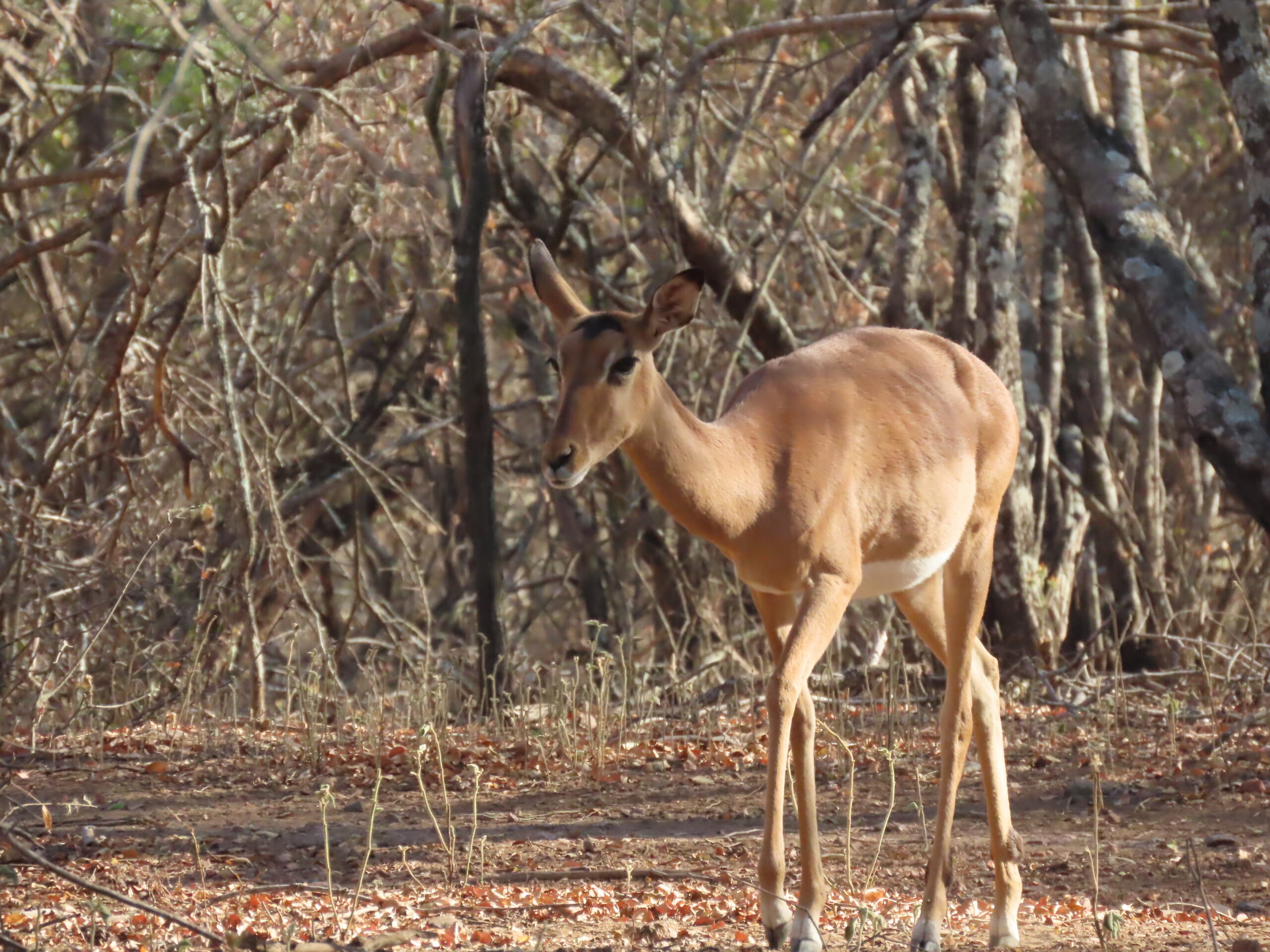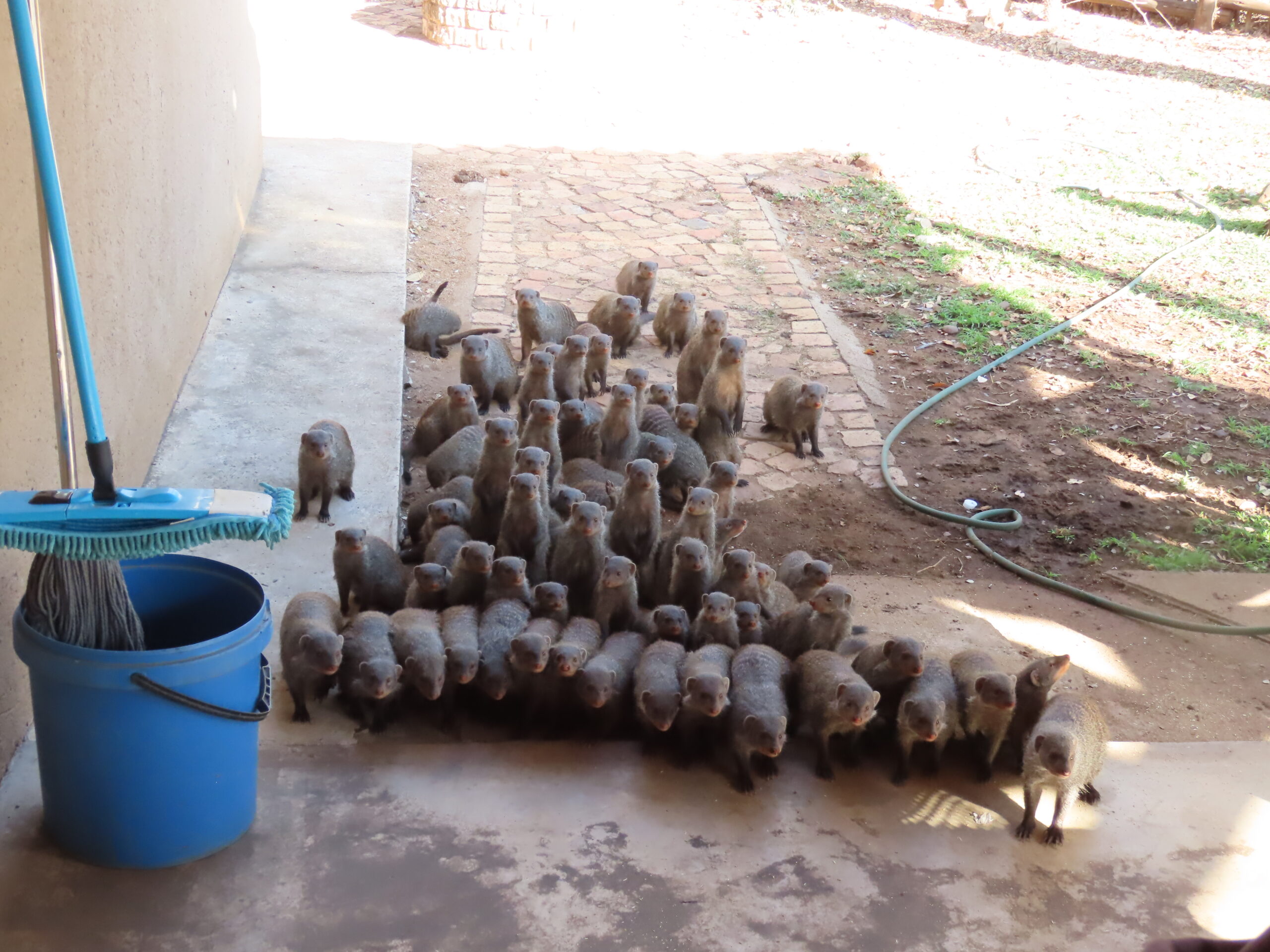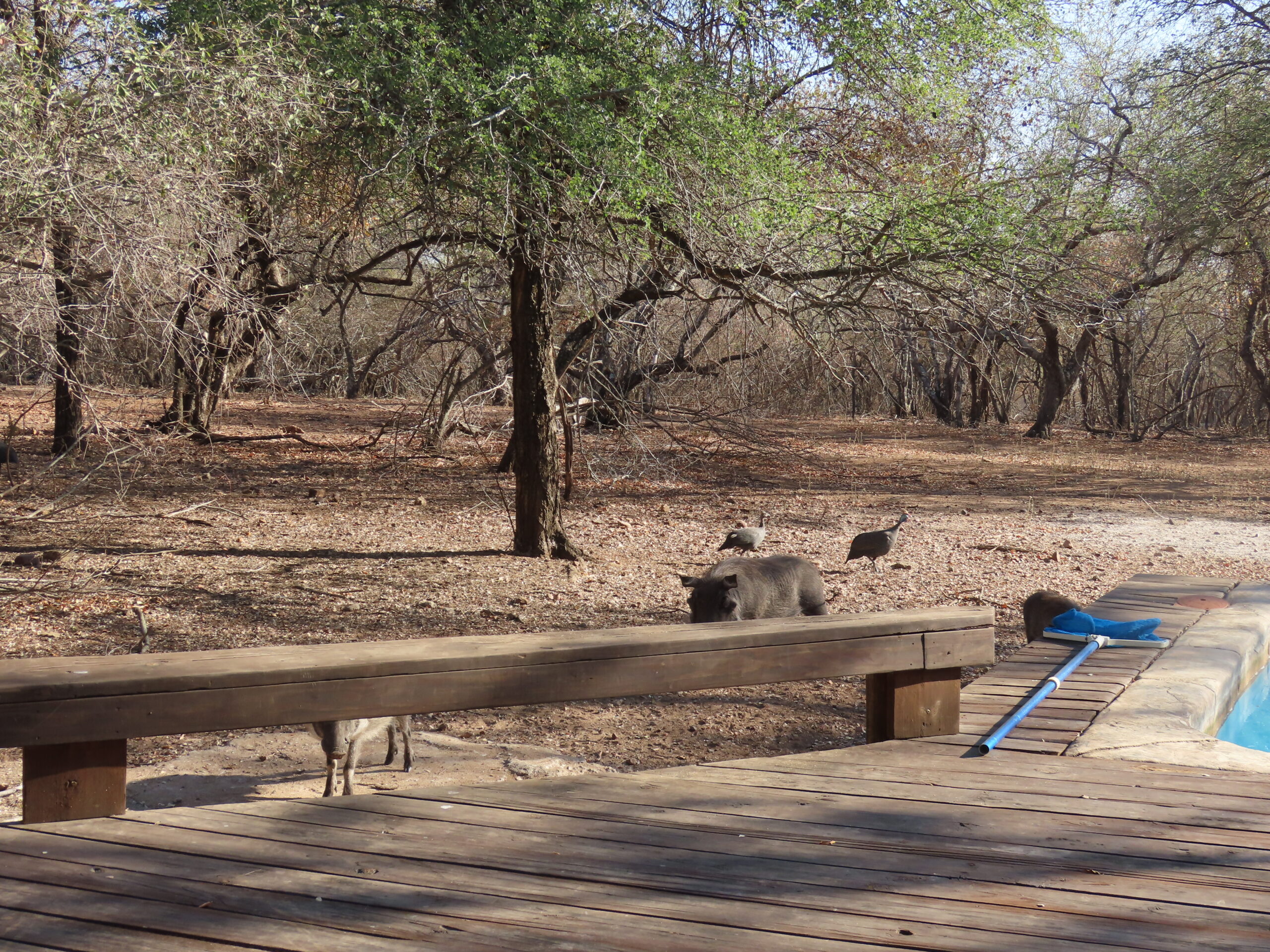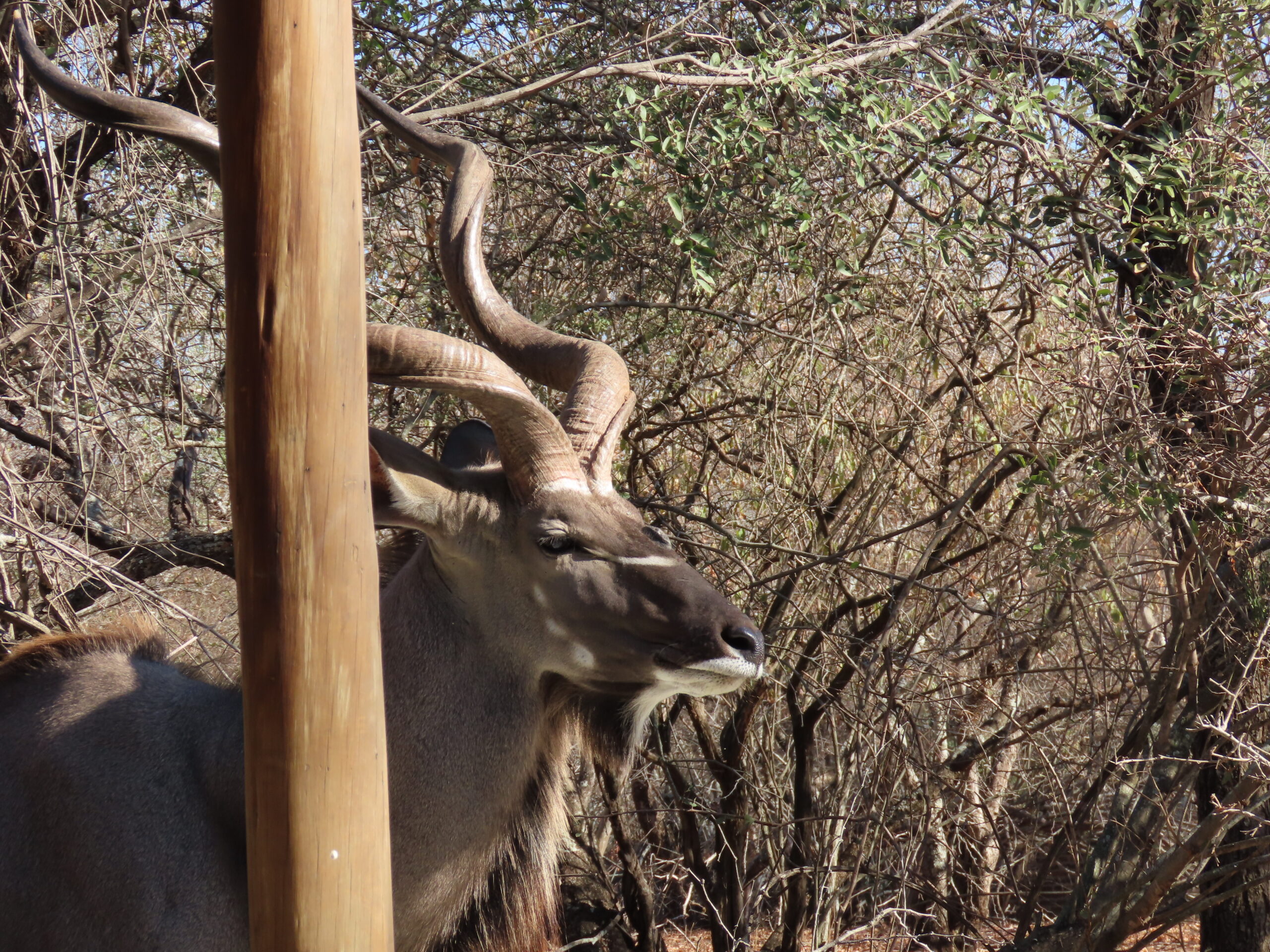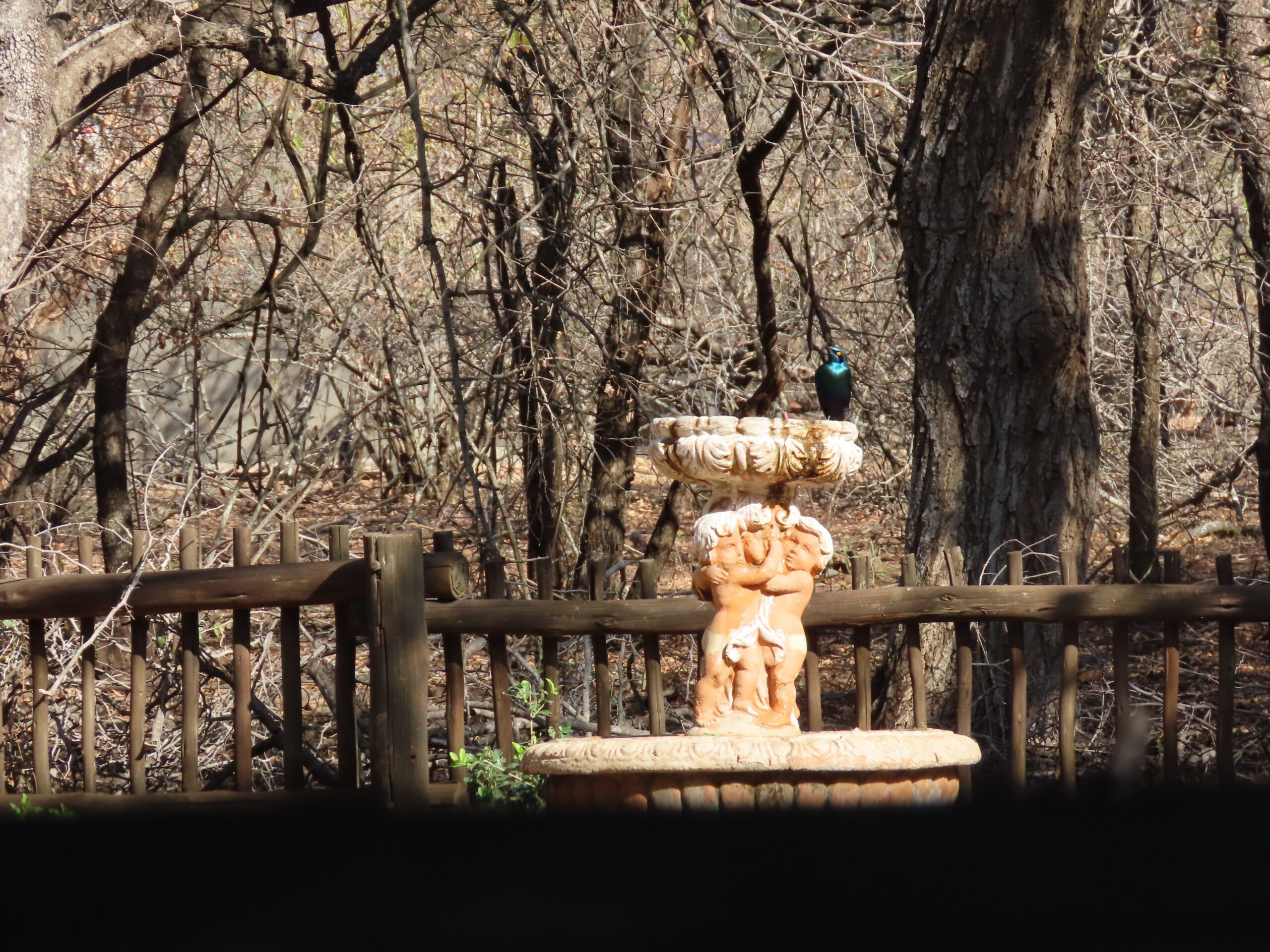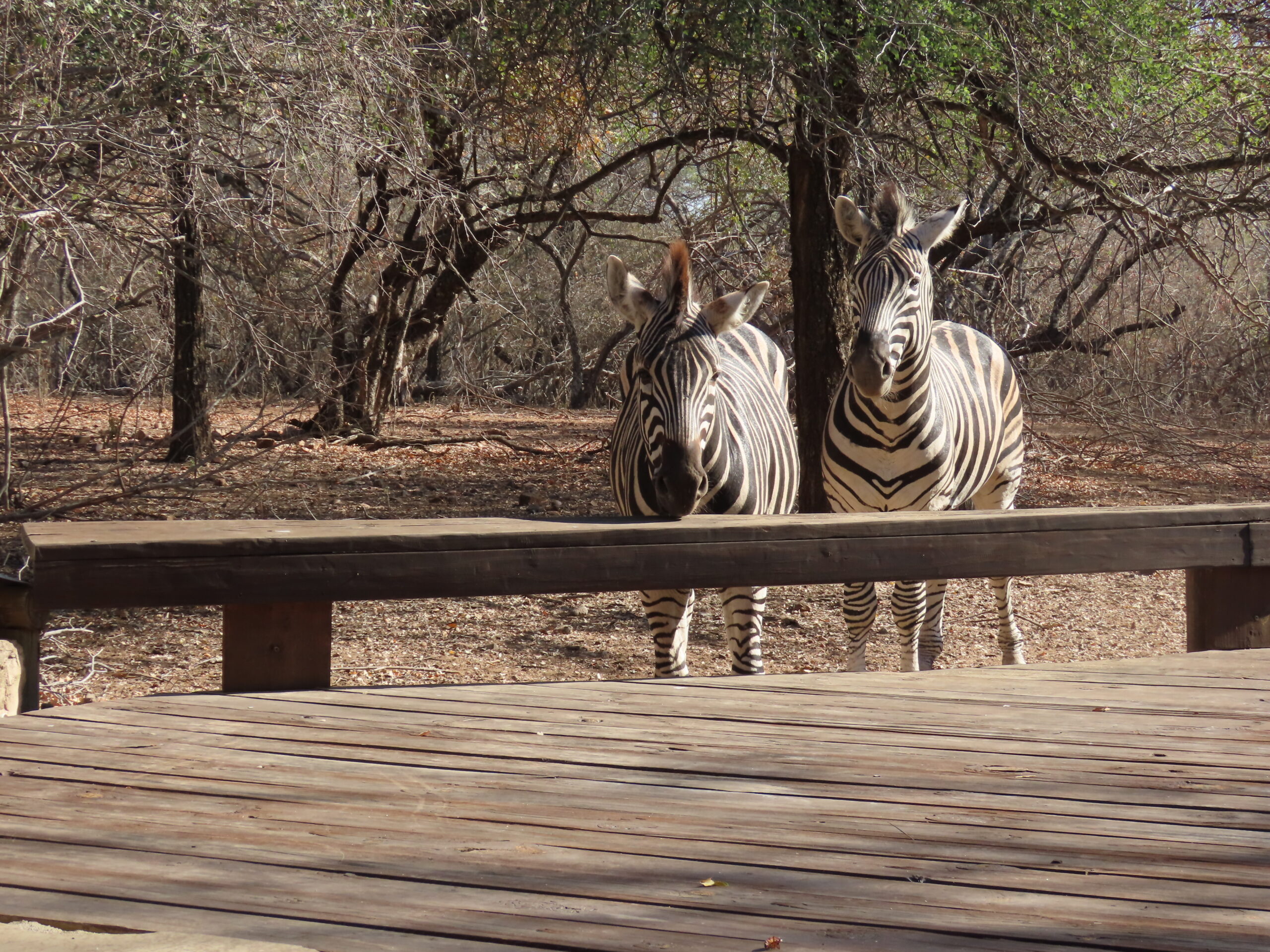 |
| Tasmania is home to many horses, a beautifully remote location. |
Booking flights has always been one of the most challenging aspects of our world travels. Over the years, we’ve learned that no matter how organized we try to be, or how many tips we pick up along the way, flights remain a puzzle filled with ever-changing variables. The costs fluctuate, routes get complicated, layovers turn into mini-nightmares, and cancellations or delays can quickly undo weeks of planning. And yet, flying is unavoidable. Unless we want to confine ourselves to traveling only by ship or land, air travel is part of the deal. It gets us from Point A to Point B, often across oceans, in a way nothing else can. But it doesn’t mean we enjoy the process.
For us, booking flights is not just about finding the lowest fare; it’s about balancing convenience, safety, loyalty rewards, and timing. Over the years, we’ve experimented with numerous booking platforms, airline websites, and discount search engines. Some looked promising at first, but ultimately offered more headaches than help. In the end, we’ve consistently circled back to Expedia. We receive a small commission since they advertise on our site. We encourage our readers to try it, which helps cover a small portion of the costs associated with managing our site.
It has become our trusted platform for booking flights, not because it’s flawless, no booking service ever is, but because it consistently delivers the best combination of price, convenience, and, most importantly for us, points. Those Expedia Rewards points have helped offset costs and made some of our more expensive long-haul flights feel a little less painful.
But getting to that “Book Now” button is rarely simple. The first challenge is choosing dates. Our travels seldom follow a straight line. We’re not simply flying from a “home” or destination to destination, and then back again. We’re bouncing around the globe with a mix of cruises, extended stays, and stopovers in places that appeal to us. That means our flights often need to line up with embarkation dates or the expiration of a visa.
Then there’s the issue of connections. We’ve had our share of awful layovers. Airports in unfamiliar cities can either be a traveler’s dream or a complete disaster. I’ll never forget the time we spent nearly twelve hours in a crowded terminal with no decent food options and chairs so uncomfortable they left us sore for days. Now, whenever we book, we carefully study layovers. A one-hour connection might look attractive on paper, but in reality, it’s often a sprint across a massive airport, worrying the entire time about missing the next flight. On the other hand, a ten-hour layover feels like wasted time, especially after an overnight flight. So, we find ourselves balancing the impossible: not too short, not too long, and always in airports that are known to be manageable.
Price, of course, is the significant factor. Flying isn’t cheap, especially when you’re covering long distances several times a year. We’ve spent countless hours comparing fares, often to find that a “great deal” isn’t so great once you add in baggage fees, seat selection charges, or the inconvenience of flying at odd hours. That’s where Expedia has saved us more than once. The transparency of their system, which clearly shows what’s included and what’s not, gives us a better sense of the actual cost. And when you’re booking multiple flights in a year, saving even a little here and there adds up.
Still, even with the best tools, airlines can throw curveballs. Flight schedules change. Planes are swapped. Seats we carefully selected weeks in advance suddenly disappear. Cancellations are perhaps the most challenging part to stomach, although we’ve only experienced it a few times. The most challenging experience was on March 20, 2020, when our flight (at the beginning of the pandemic) from Mumbai to Johannesburg was canceled due to the international airport in South Africa closing while we were waiting to board in Mumbai.
Another challenge we face is the emotional toll of flight planning. Booking a flight means committing. Unlike booking a hotel or even a cruise, flights often come with stiff penalties for changes or cancellations. Every time I hover over that “confirm purchase” button, I feel a tiny knot of anxiety. What if something changes in our schedule? What if there’s a better deal tomorrow? What if we’ve overlooked a cheaper or more direct route? That “what if” never really goes away, no matter how many times we’ve done this.
And yet, there’s also a sense of relief once the flight is booked. Suddenly, the blurry lines on our travel calendar sharpen into focus. A flight means we’re going somewhere new, somewhere exciting, and all the frustrations of planning fade into the background as anticipation takes over. That’s the bittersweet nature of booking flights: the stress and the excitement are inseparably bound together.
At the end of the day, booking flights will probably never feel effortless. The airlines set the rules, and as travelers, we do our best to follow them. We’ve learned to accept that sometimes we’ll overpay, sometimes we’ll be inconvenienced, and sometimes everything will fall perfectly into place. What makes it manageable is finding a system that works for us.
So yes, booking flights is one of the toughest parts of our travels. But it’s also one of the most rewarding, because each booked flight is another step forward in our journey around the world. It’s another opportunity for discovery, another chance to adapt, and another reminder that even the most stressful parts of travel eventually lead us to new experiences we wouldn’t trade for anything.
In the past few days, amid the maintenance issues in our apartment here in Barcelona, we booked the following flights.
- December 13, 2025: Brisbane, Australia to Auckland, New Zealand
- February 12, 2026: Auckland, New Zealand to Hobart, Tasmania
We still have to book the flight from Tasmania, Australia to Brisbane, Australia, where we’ll board another cruise, sailing from Brisbane on April 14, 2026, which we’ll book in the next few days.
As for the repairs in our apartment in Sant Marti, the toilet is working again after two professionals arrived last night and performed the equivalent of a Roto-Rooter service. In 20 minutes, they solved the problem, cleaned the toilet, and had us sign an acknowledgement that they had completed the job and were on their way.
Another maintenance person arrived in the early evening and got the dryer working properly again. Apparently, since the dryer lacks an external vent, a water receptacle collects the moisture and needs to be emptied frequently. We’d never seen such a thing since we never stay in apartments. I doubt we ever will again, after this experience.
Today, we won’t order takeaway. Instead, I’ll cook chicken breasts with a side of cheesy scrambled eggs, onions, and a side salad.
Tom’s hearing aid charger is expected to arrive in about ten days. I can hardly wait to talk to him again!
Be well.
Photo from ten years ago today, September 24, 2015:
There was no post on this date ten years ago.











